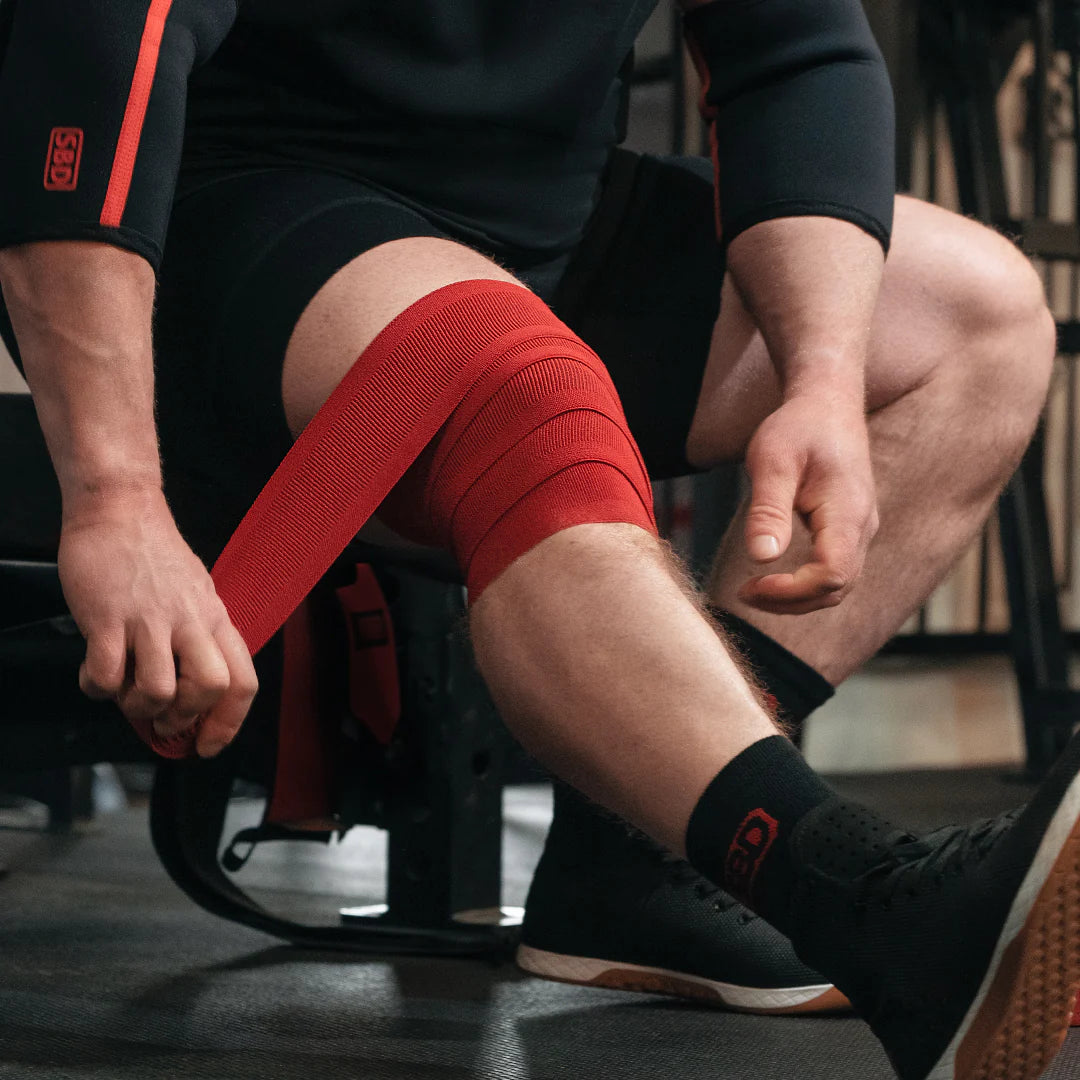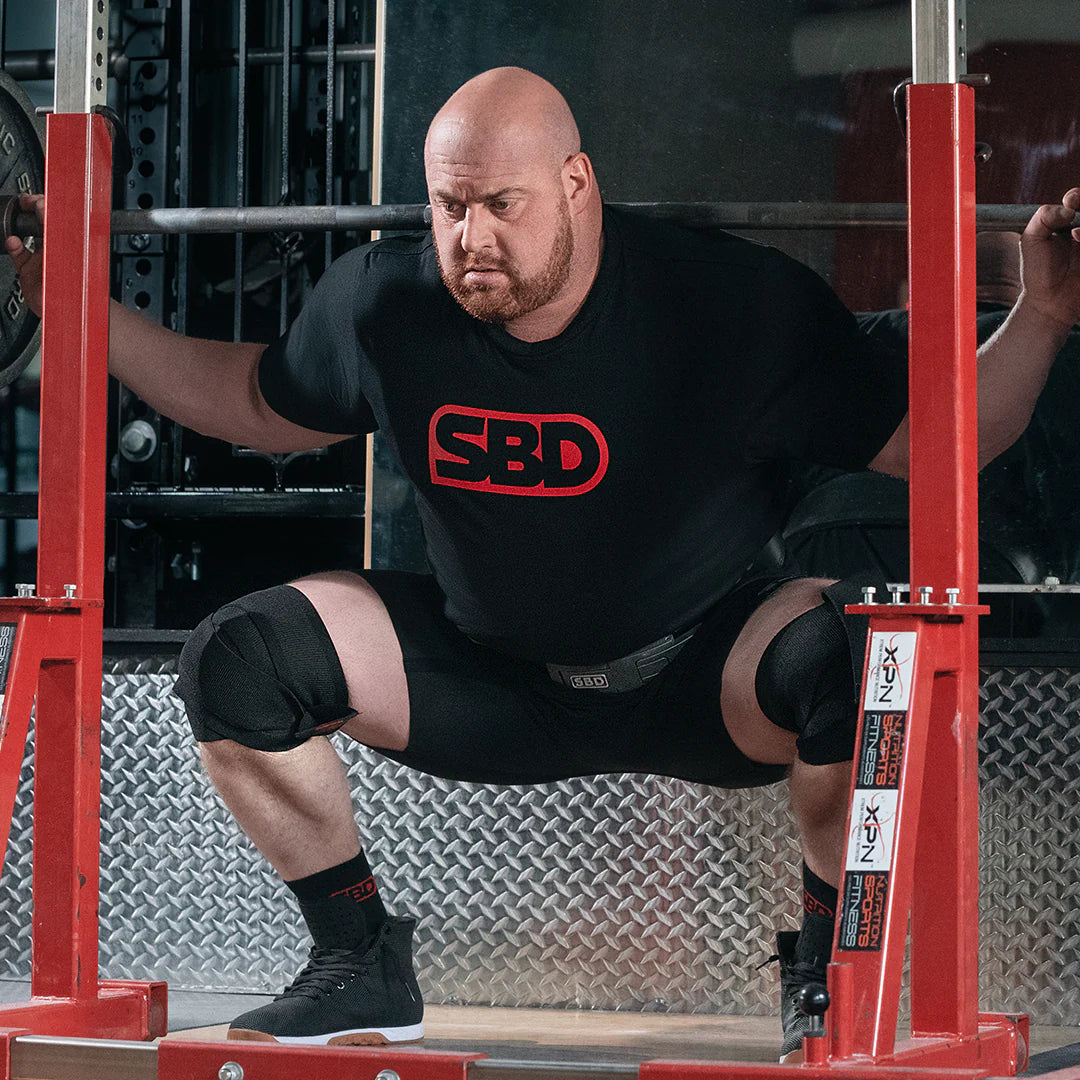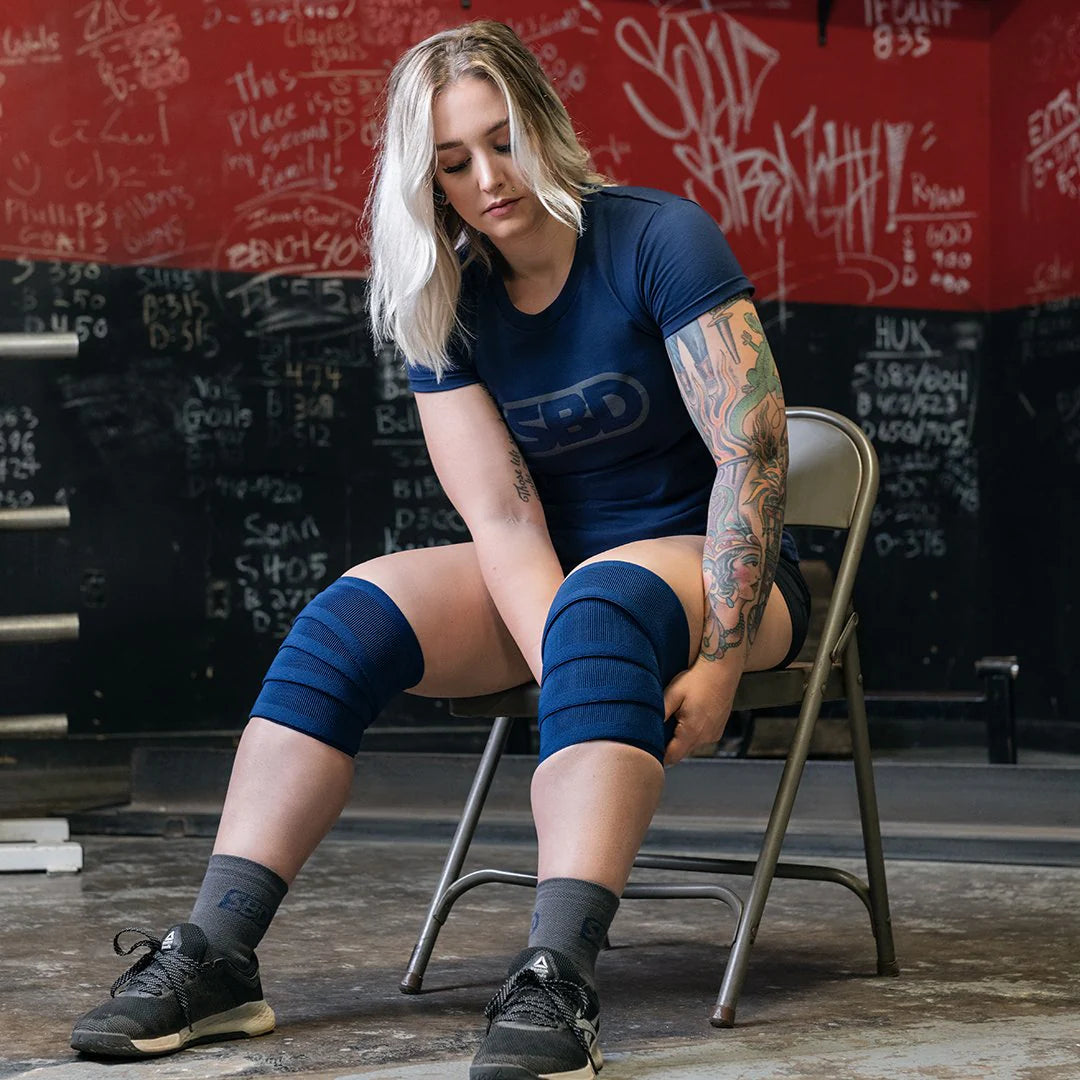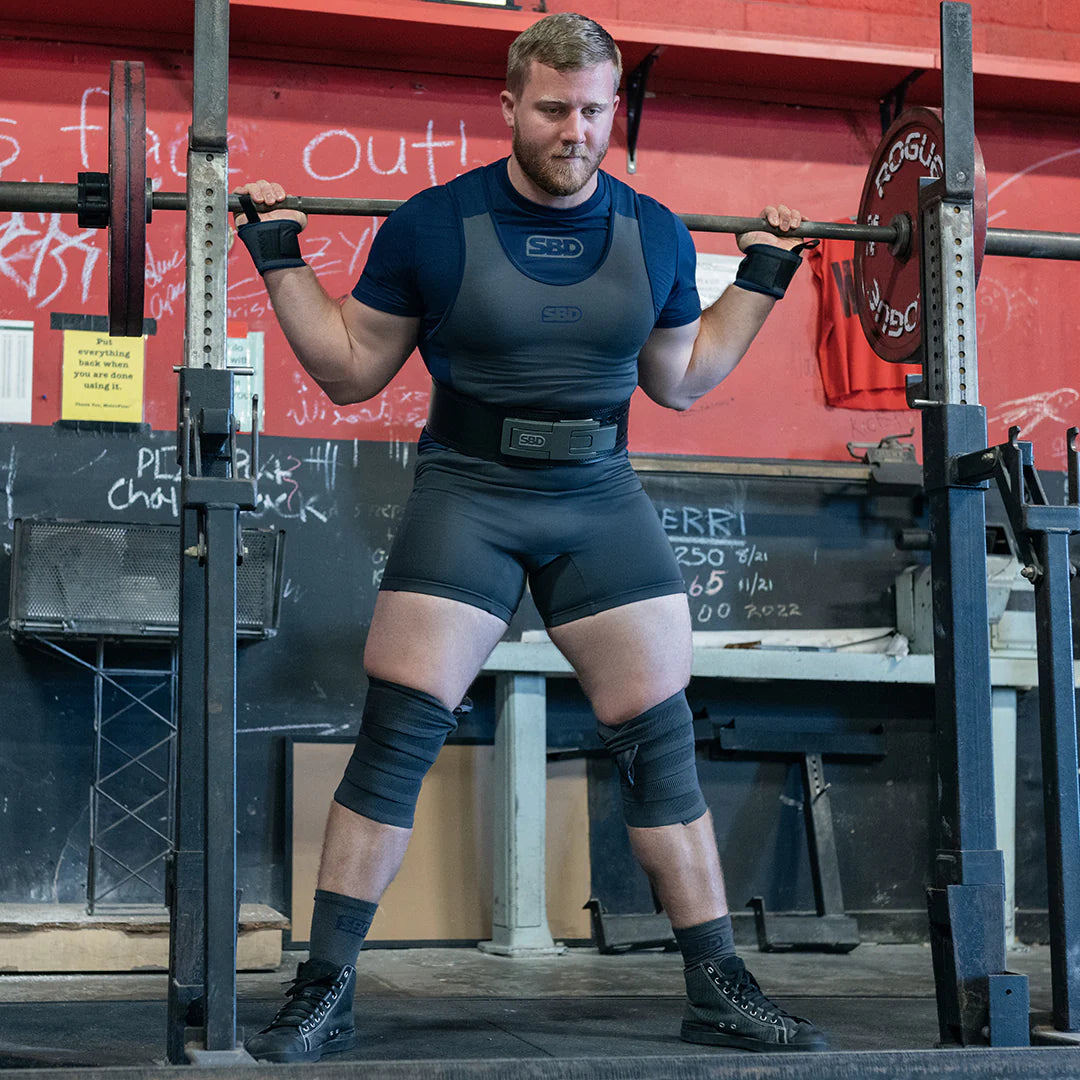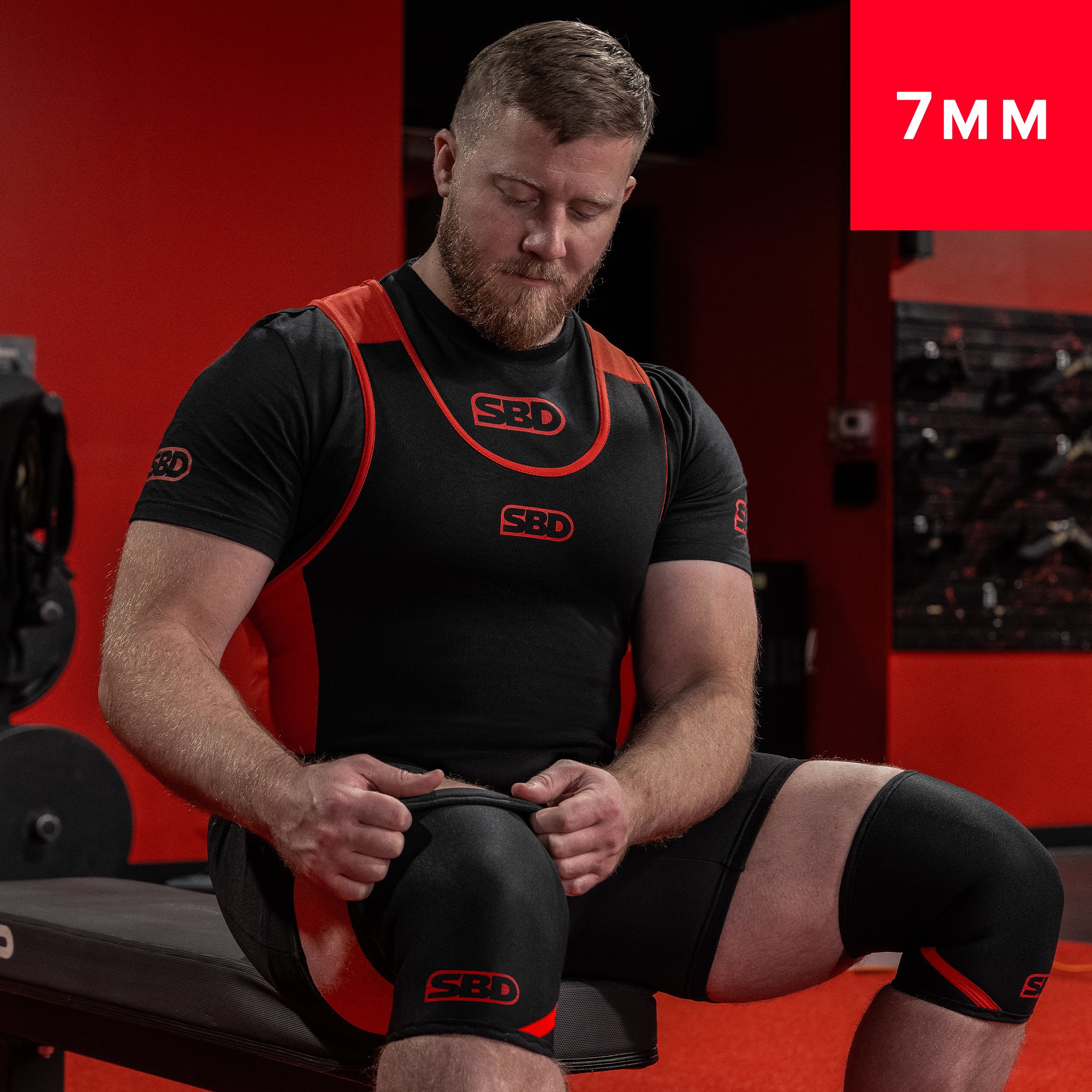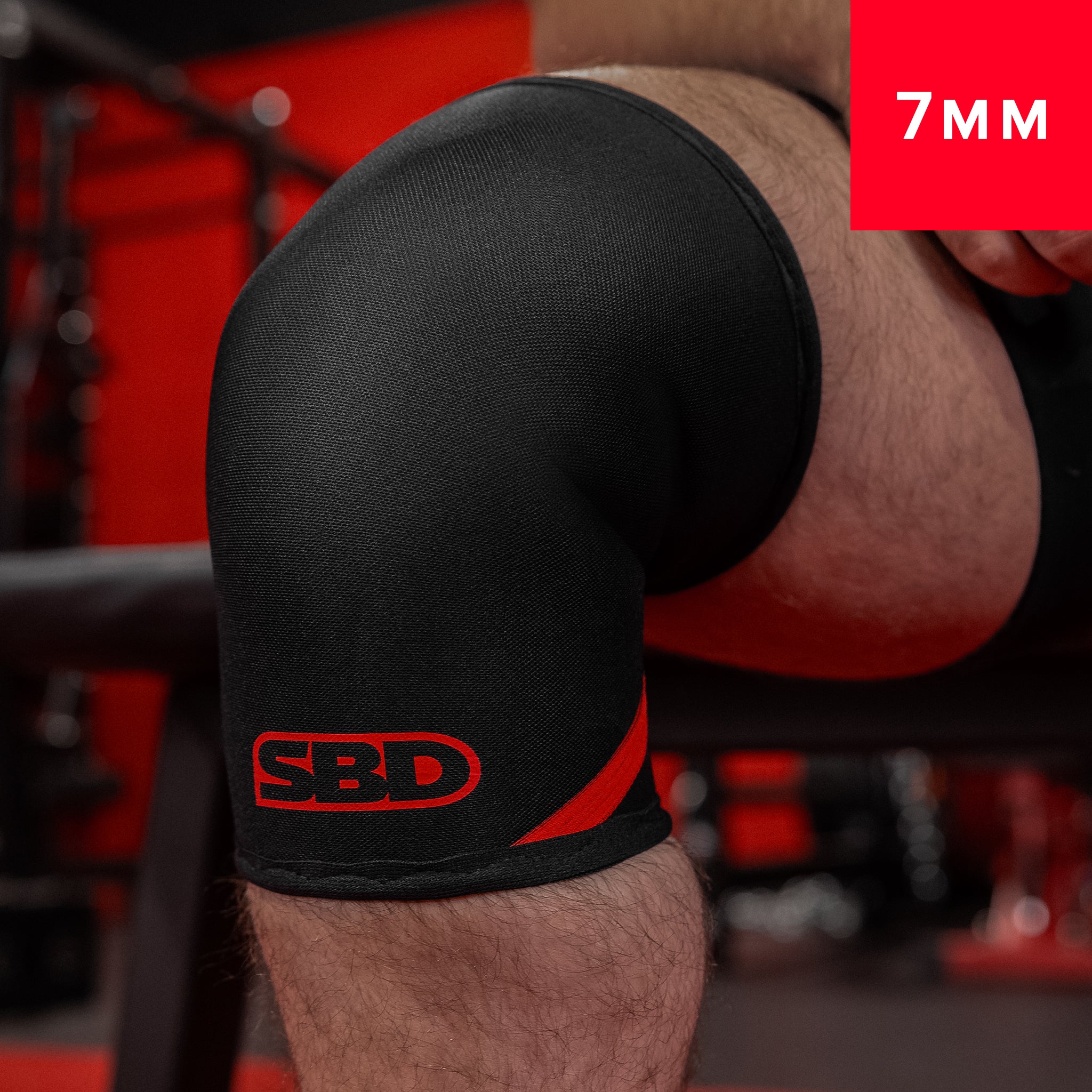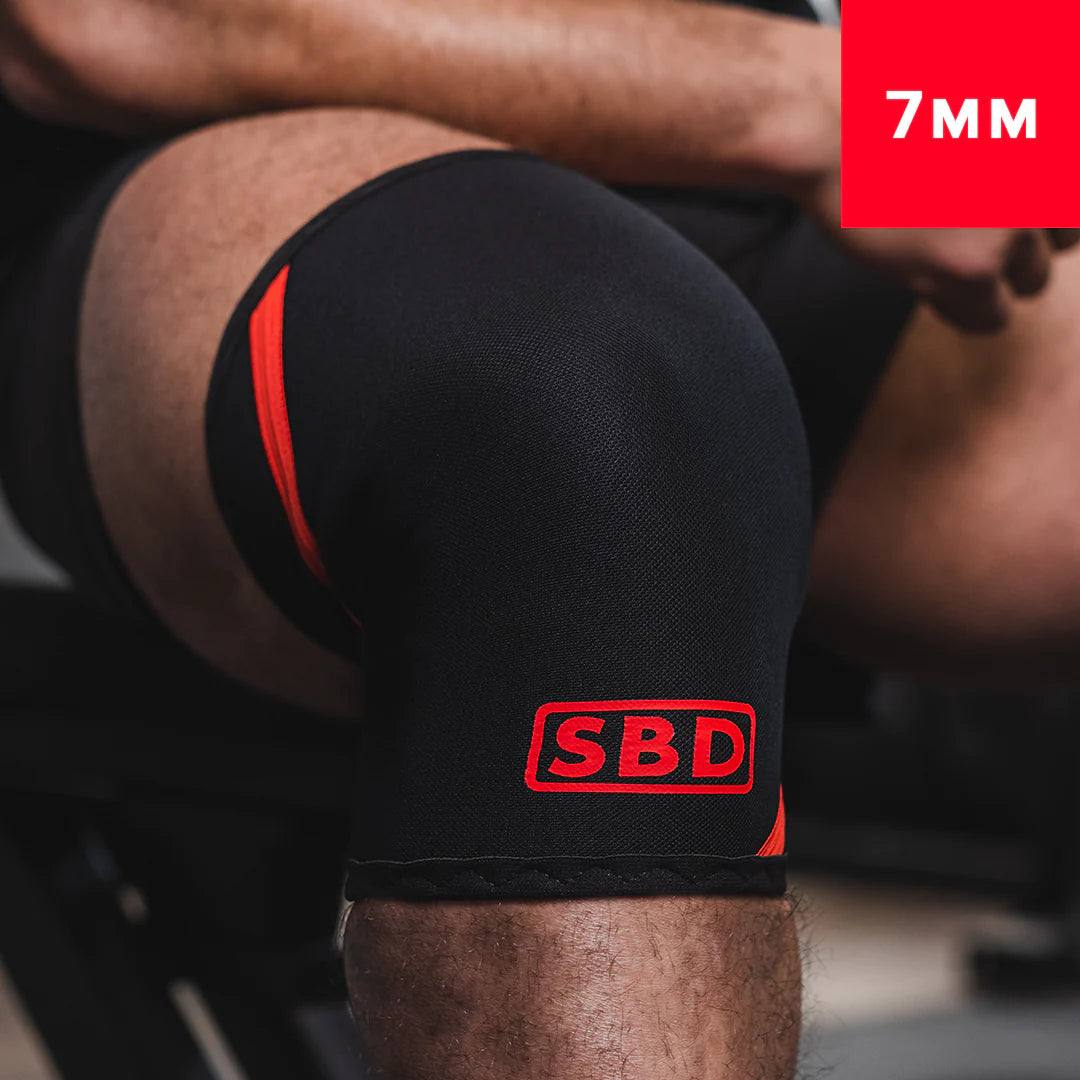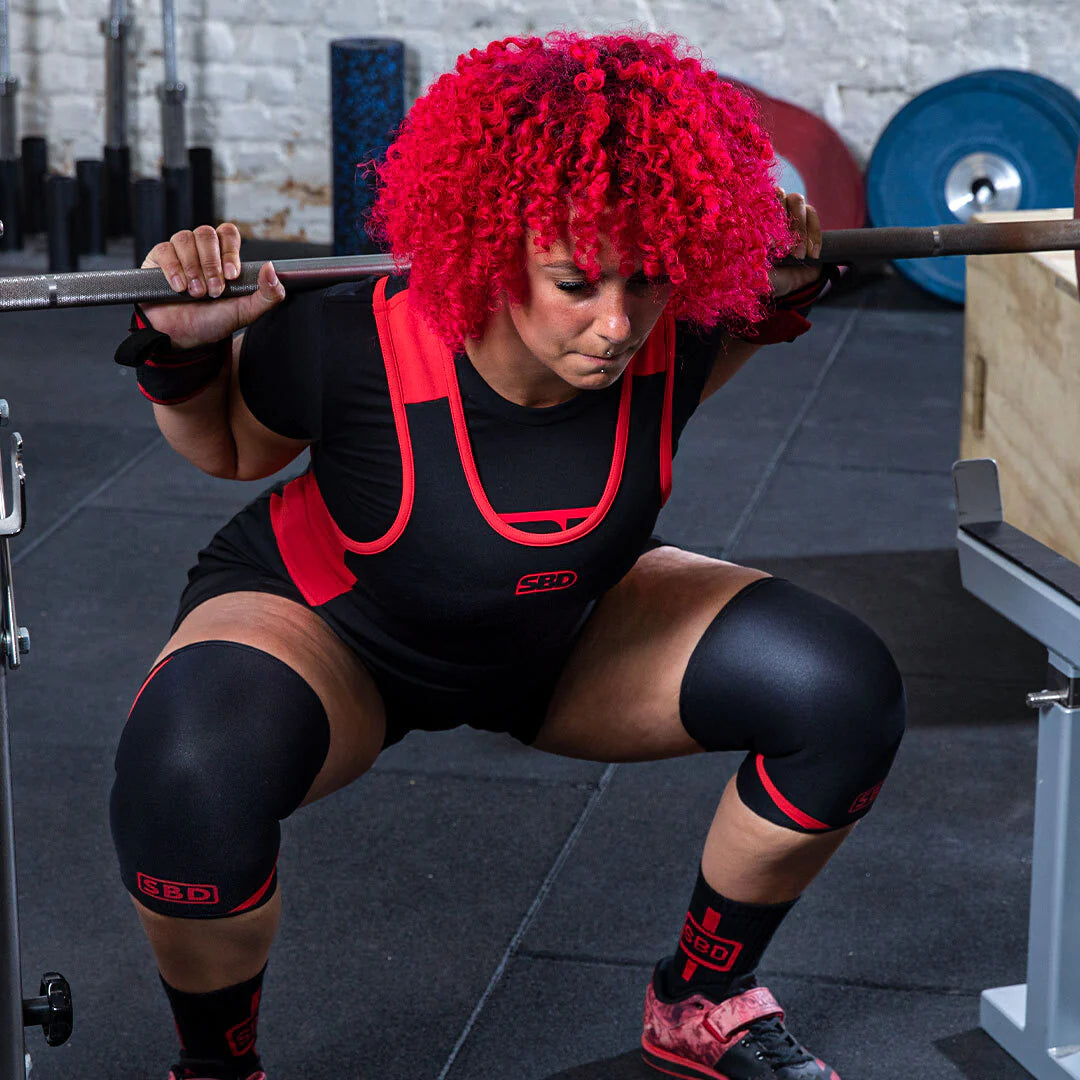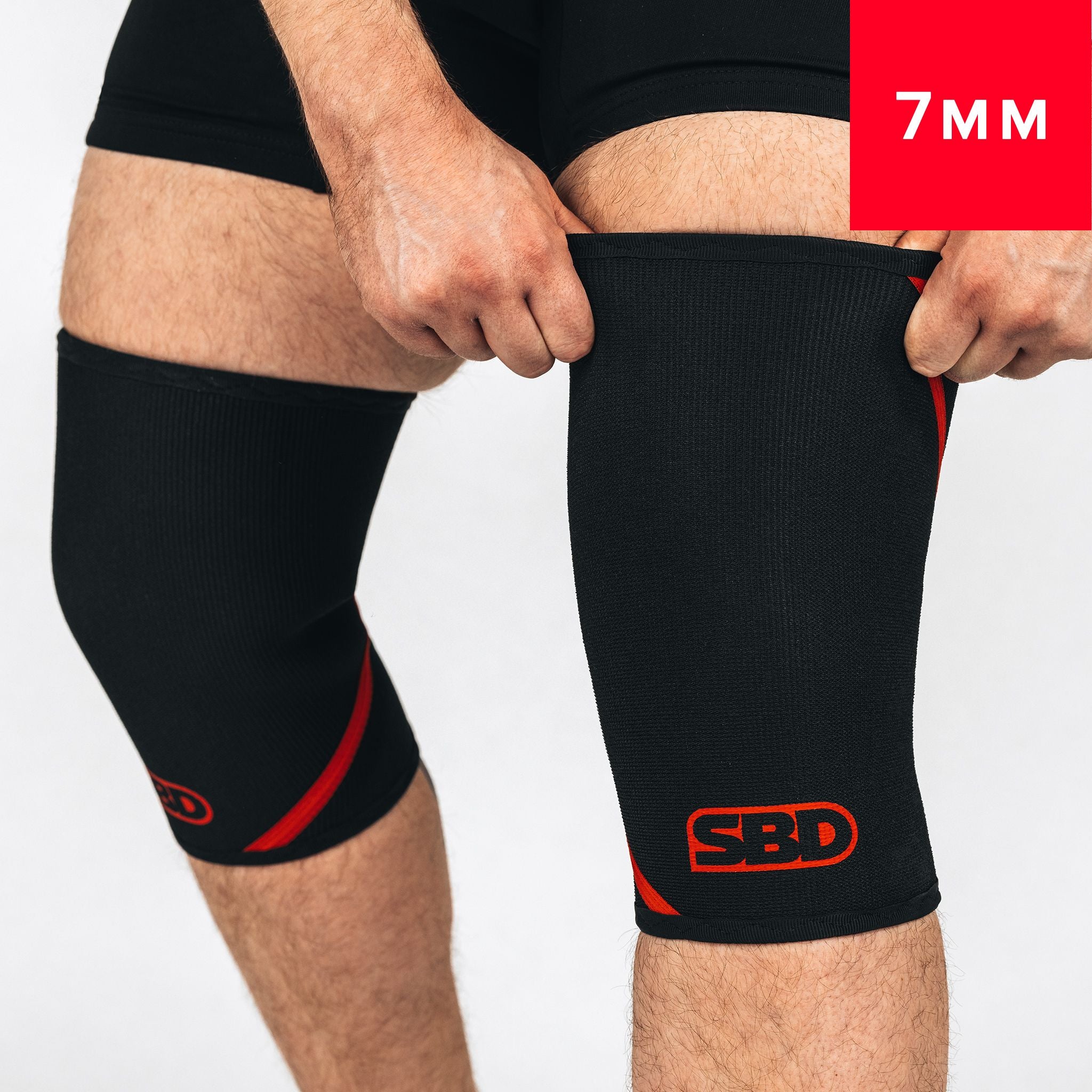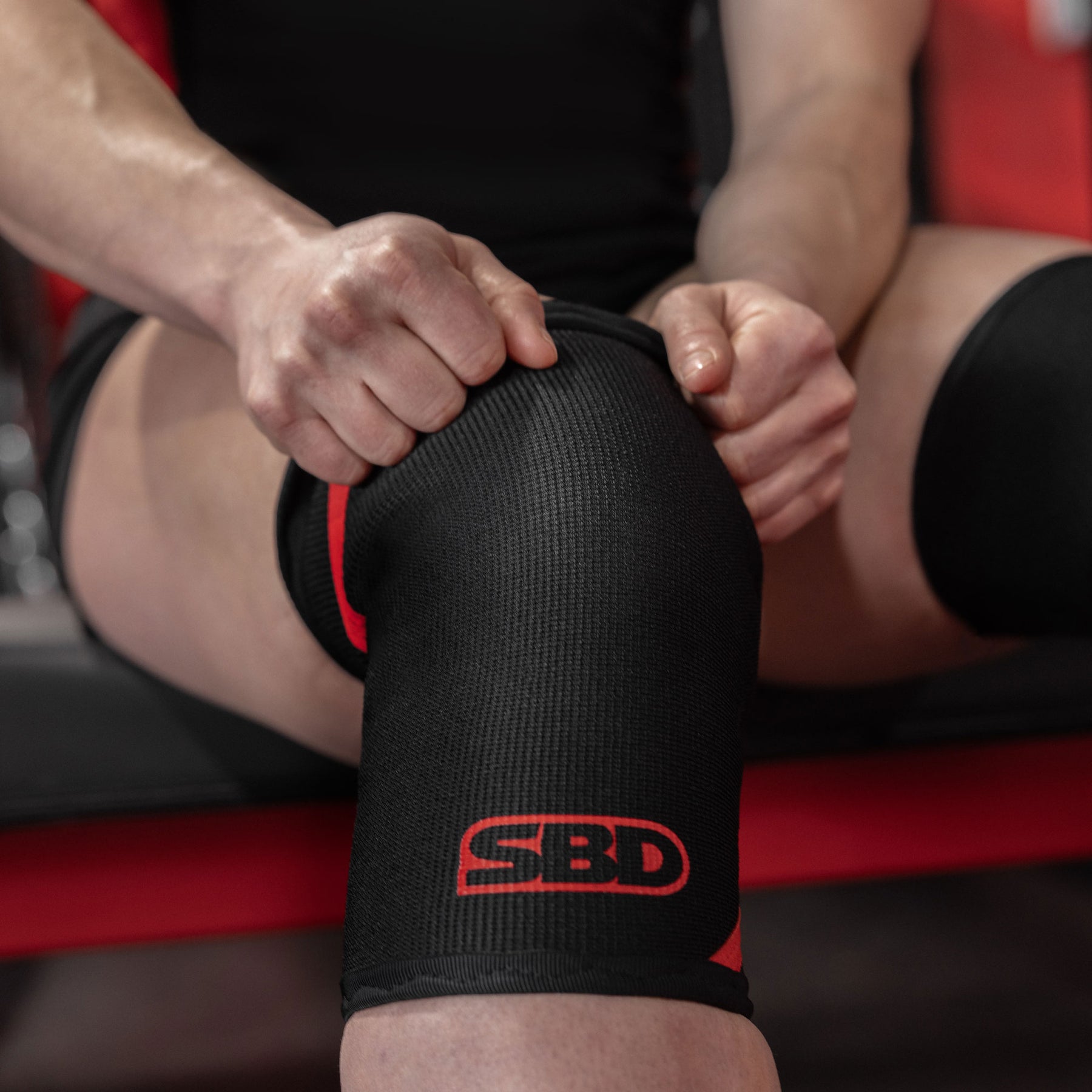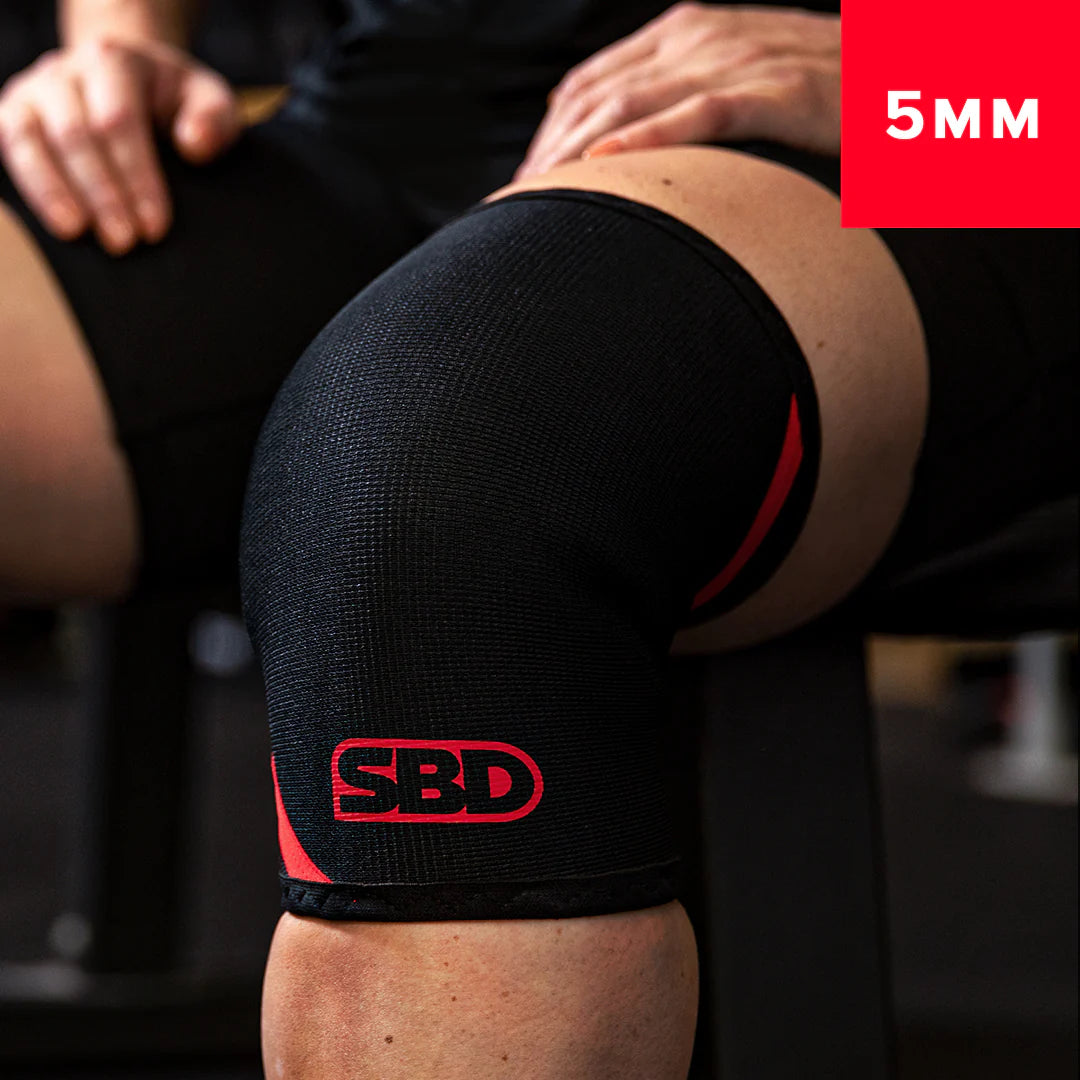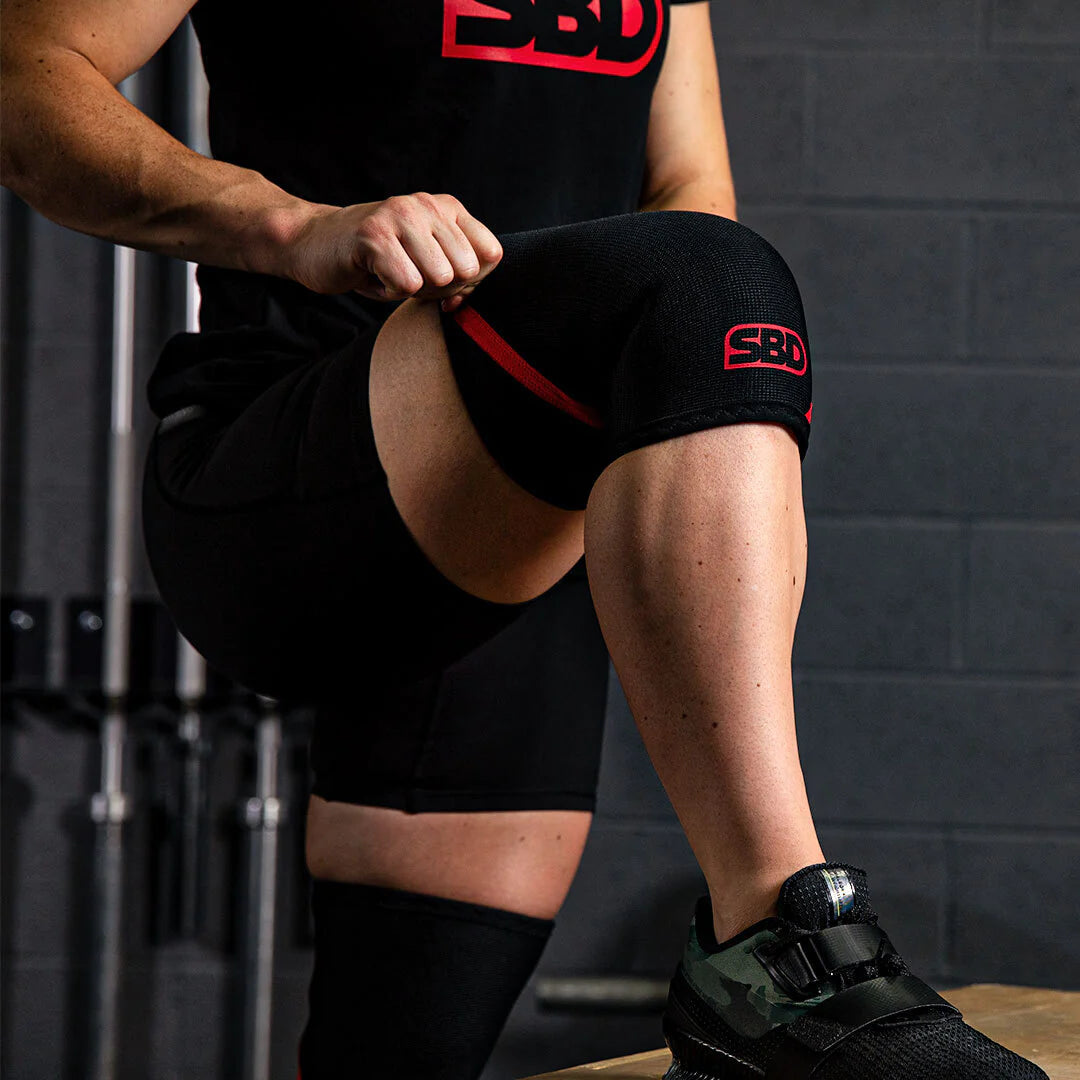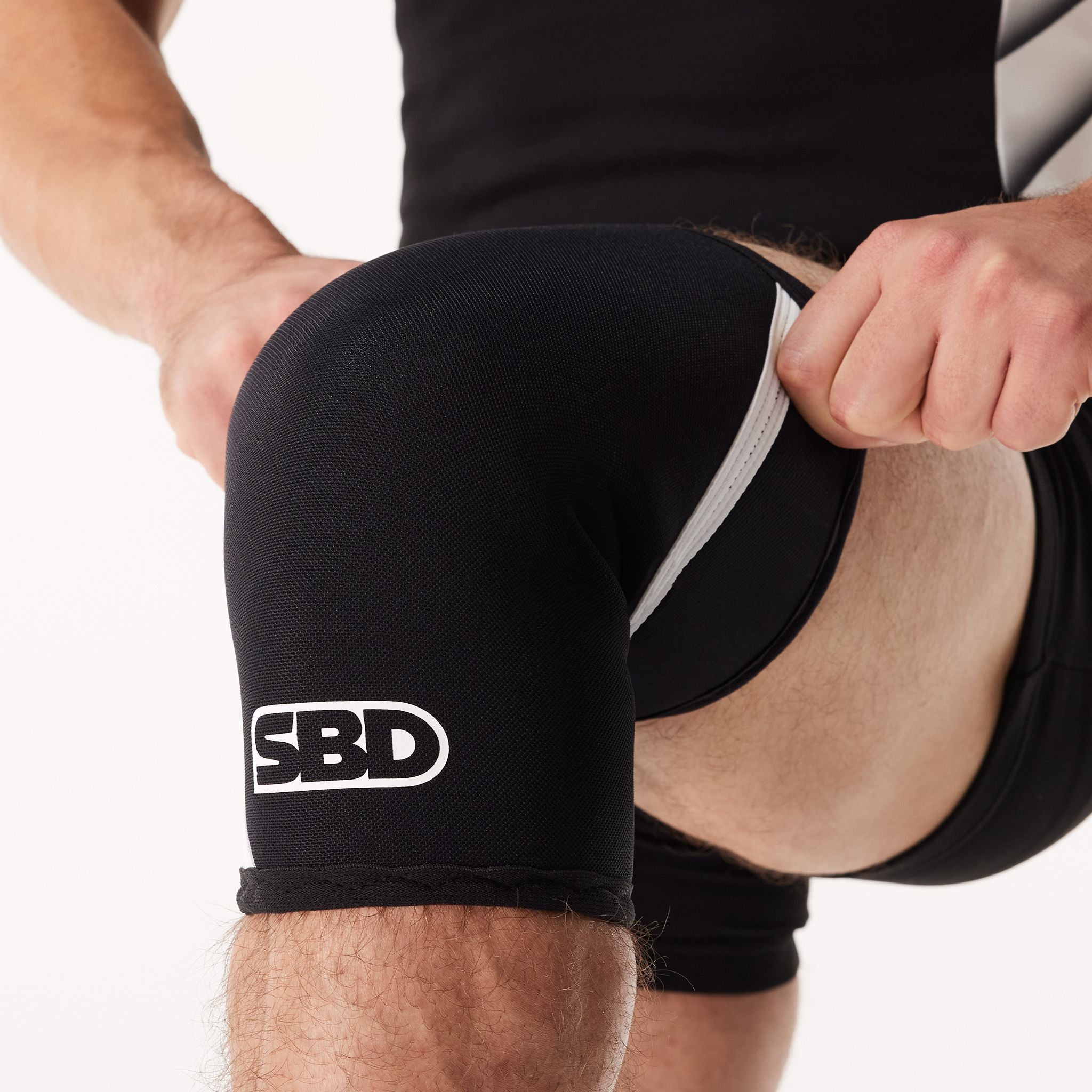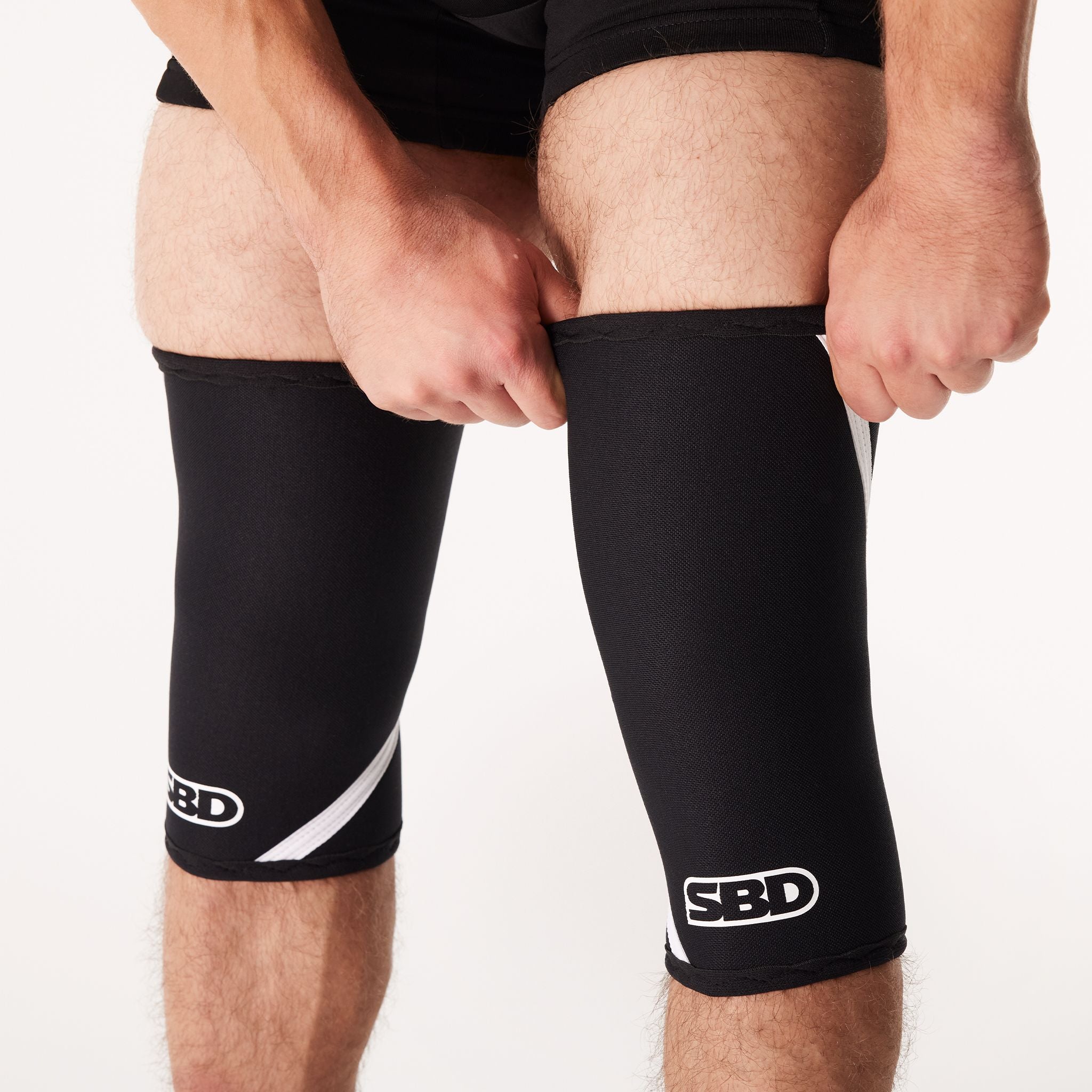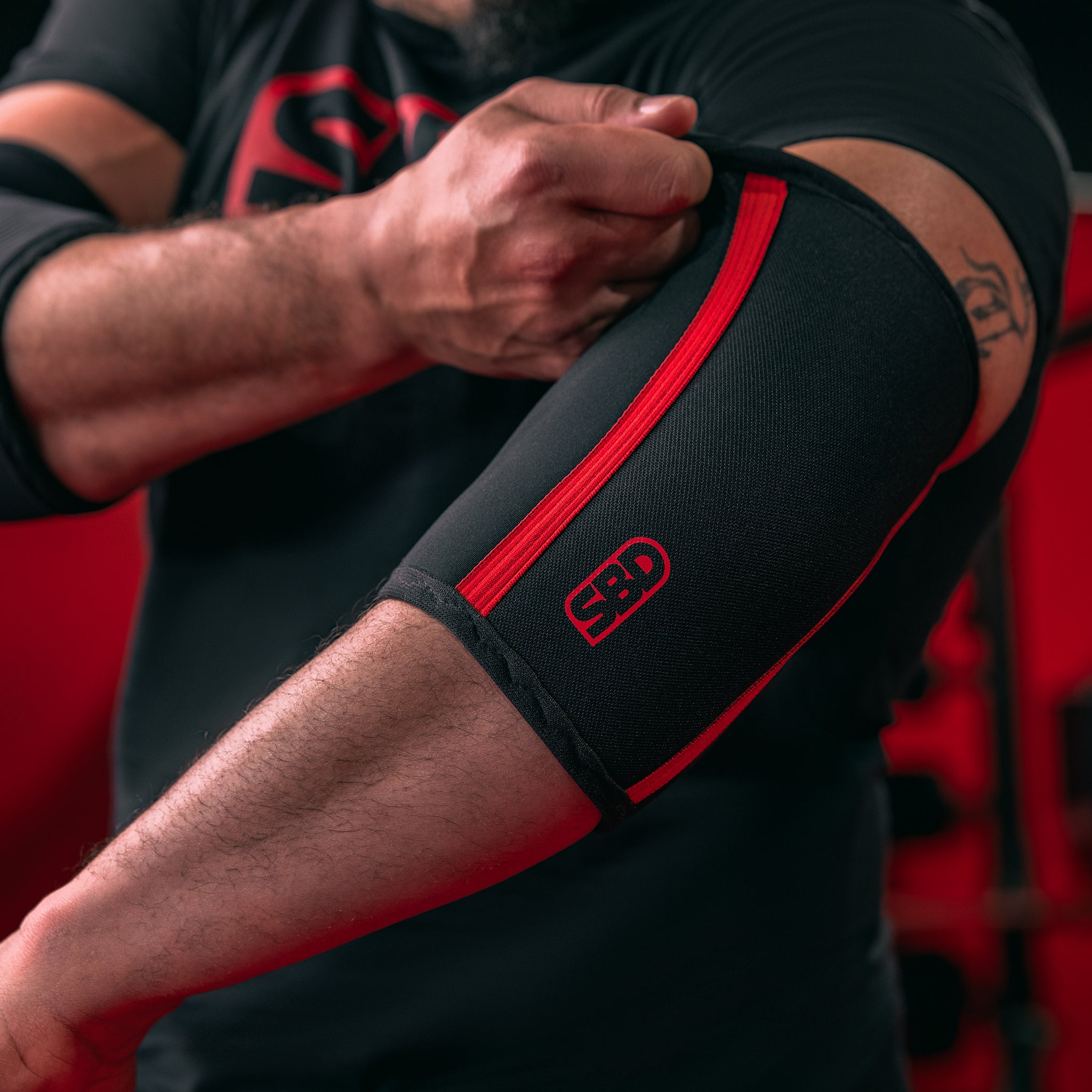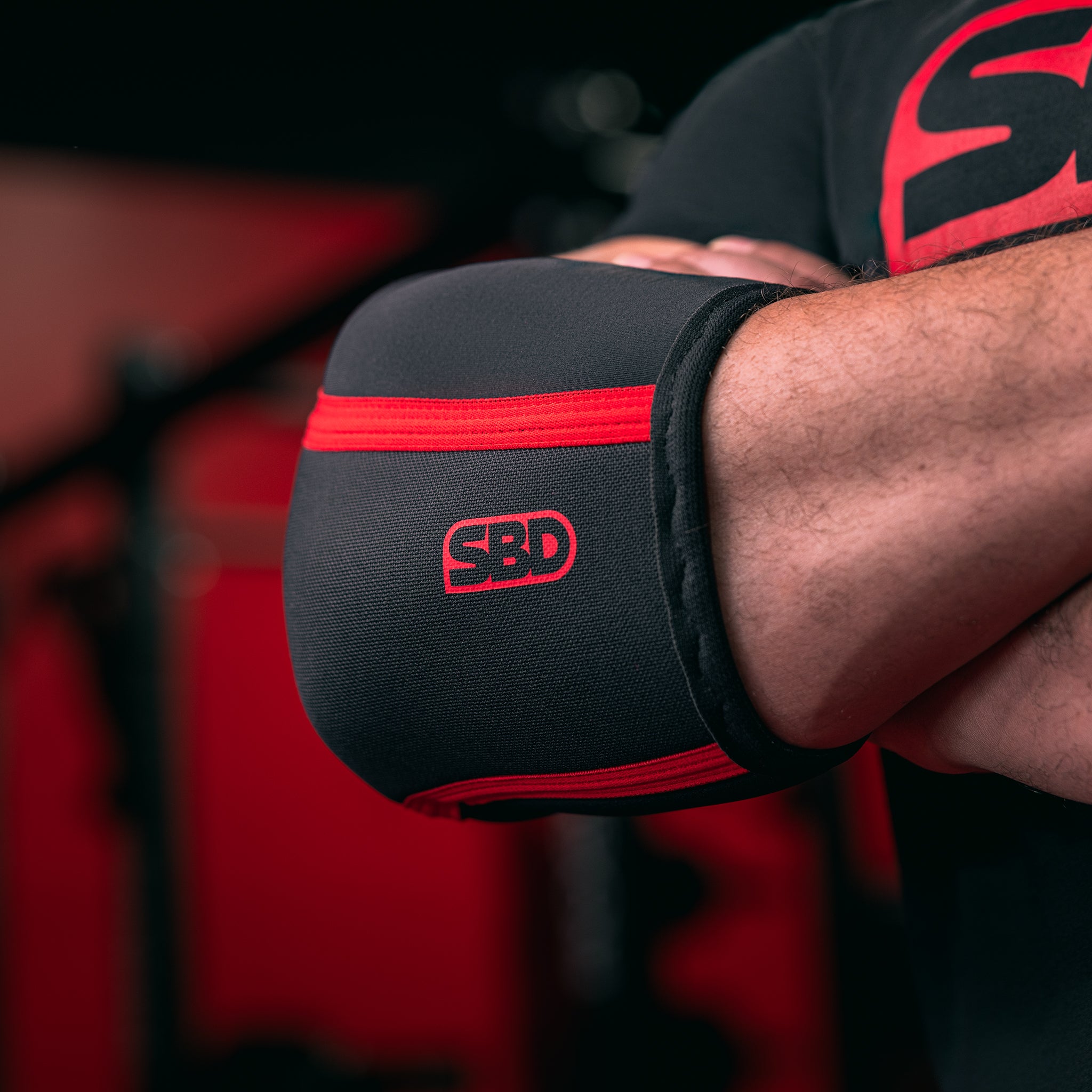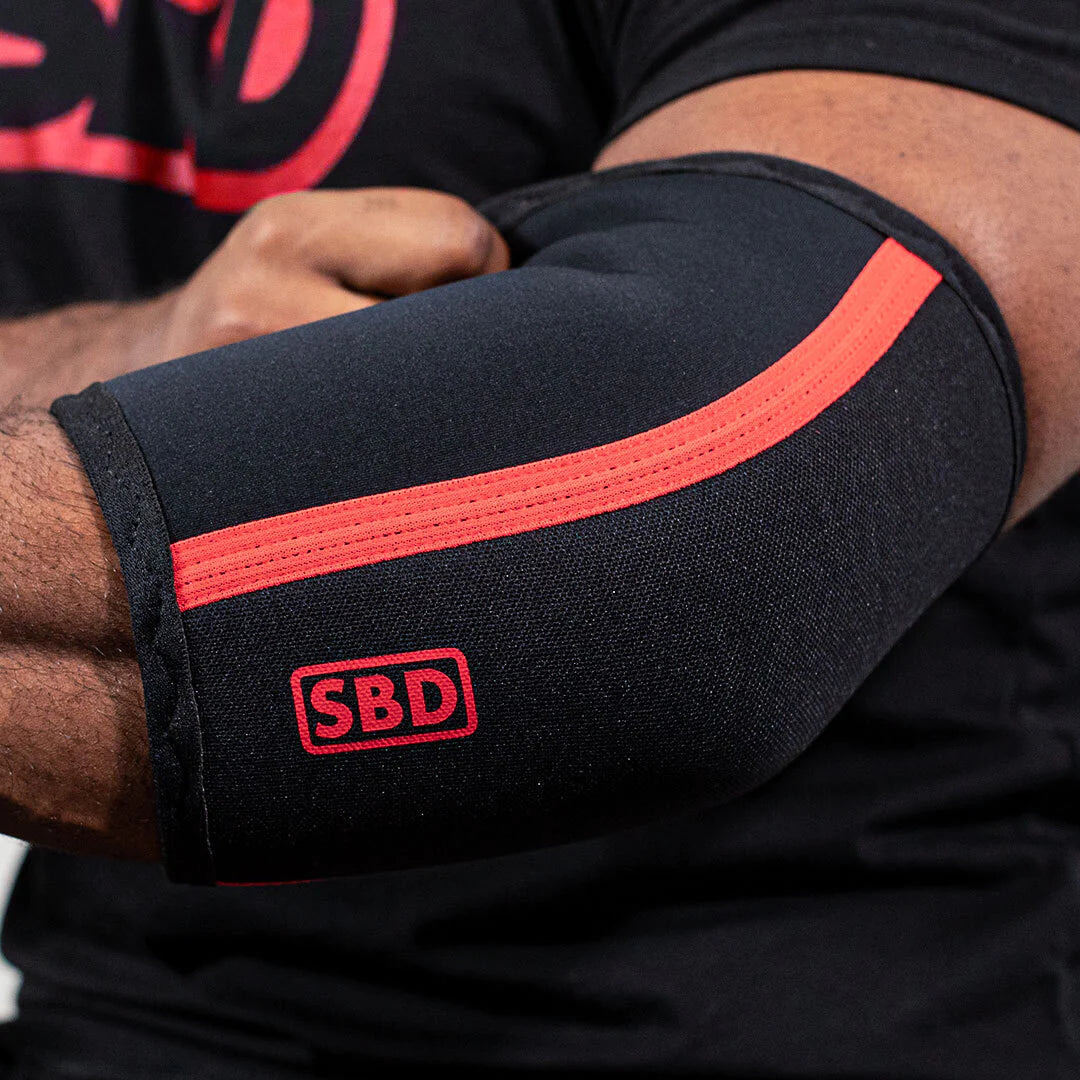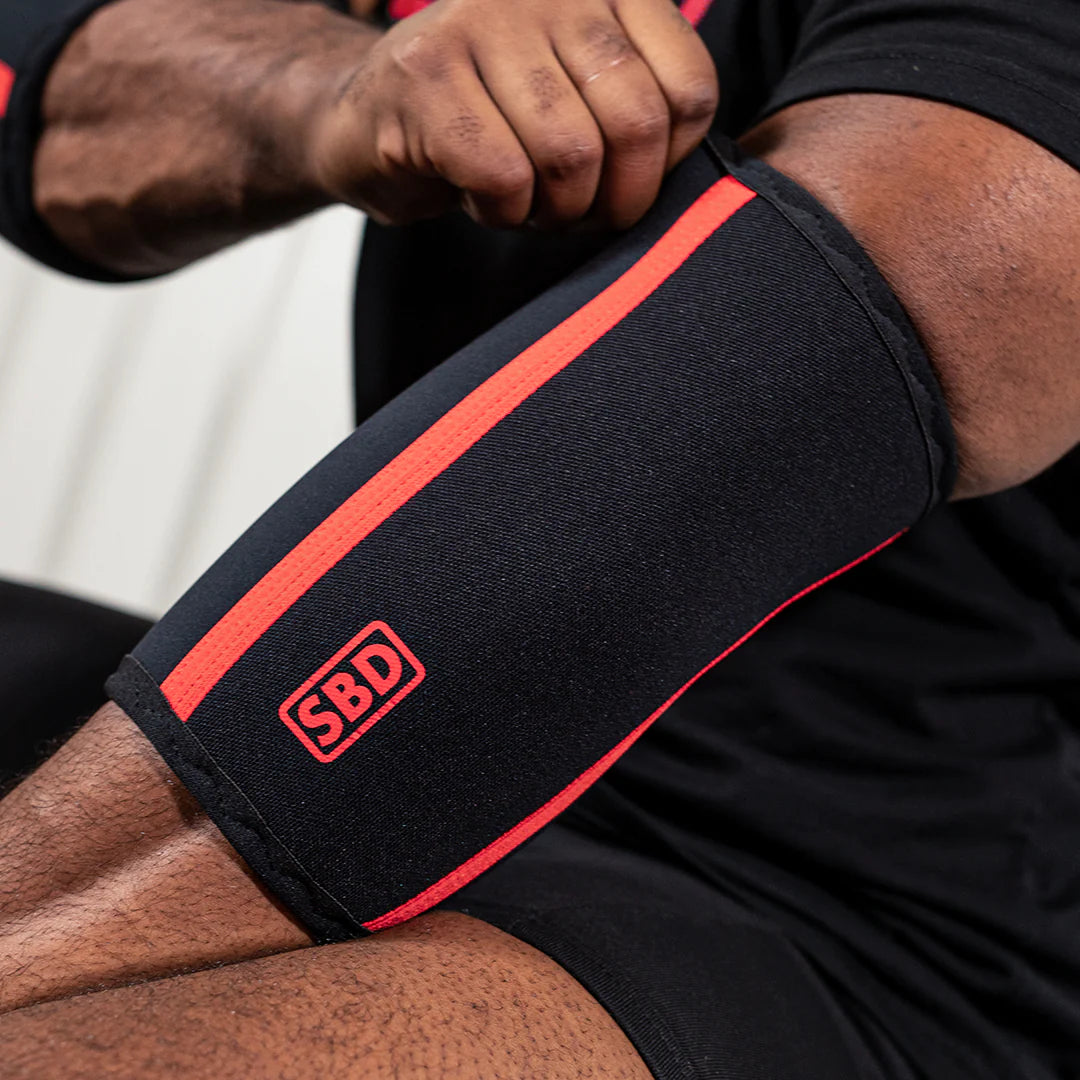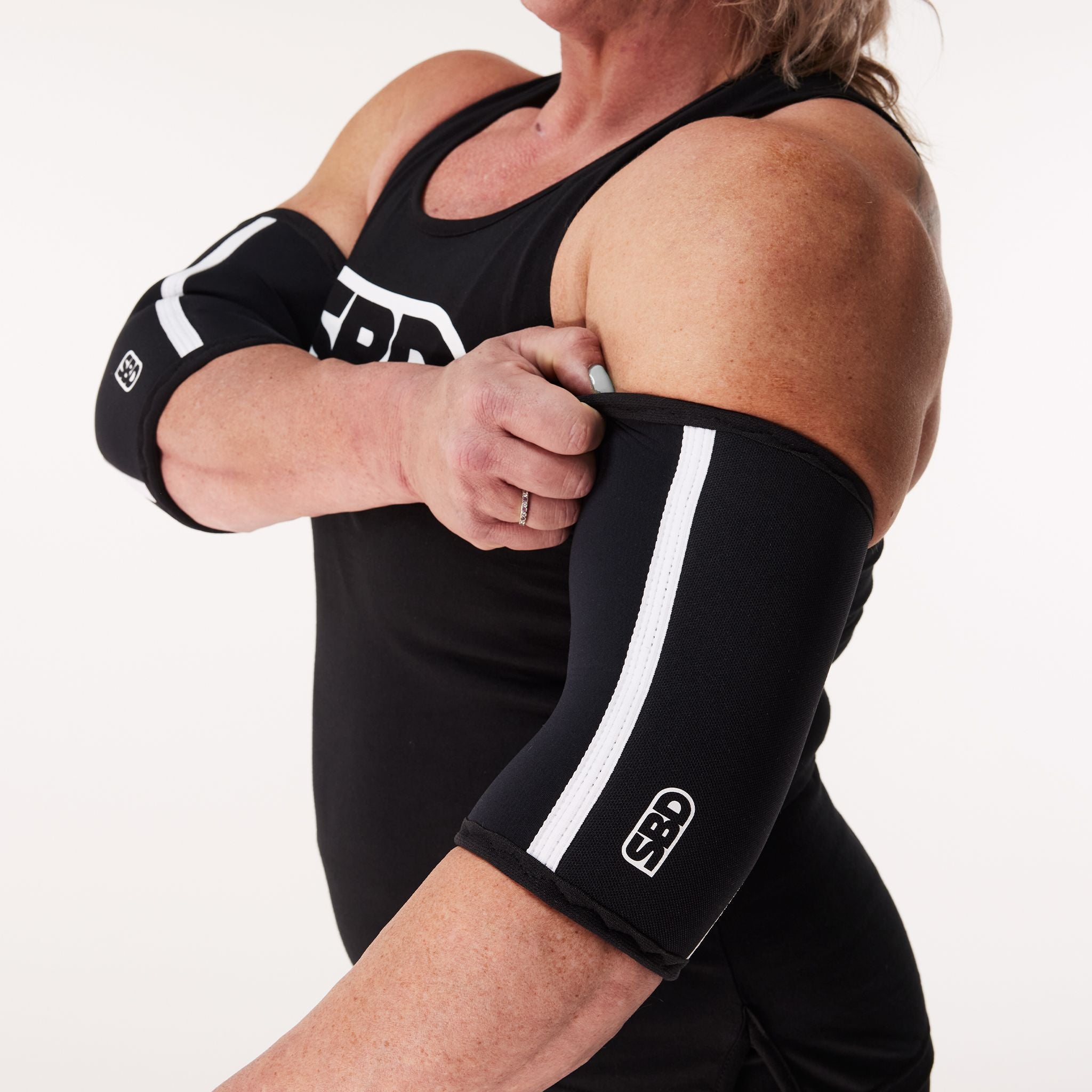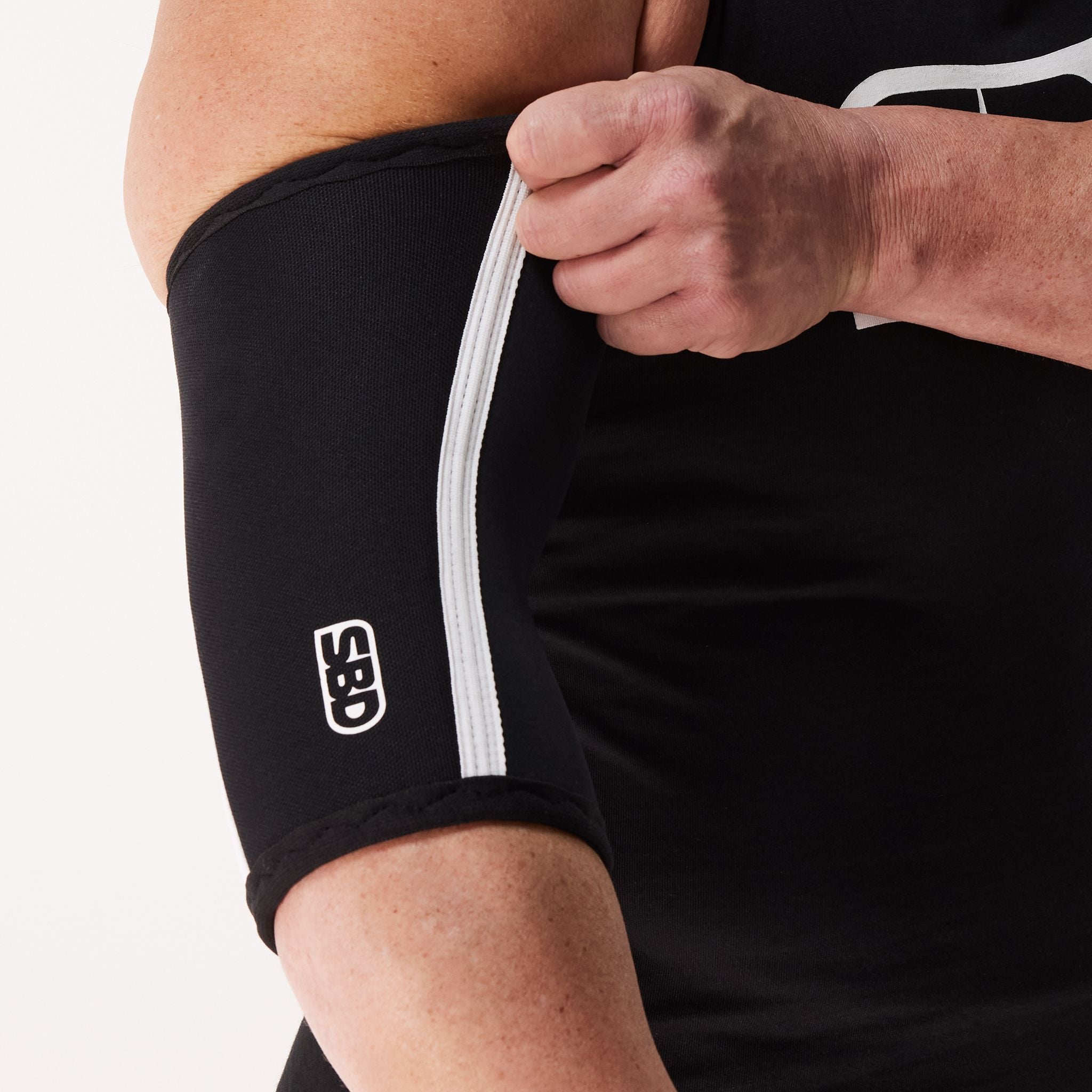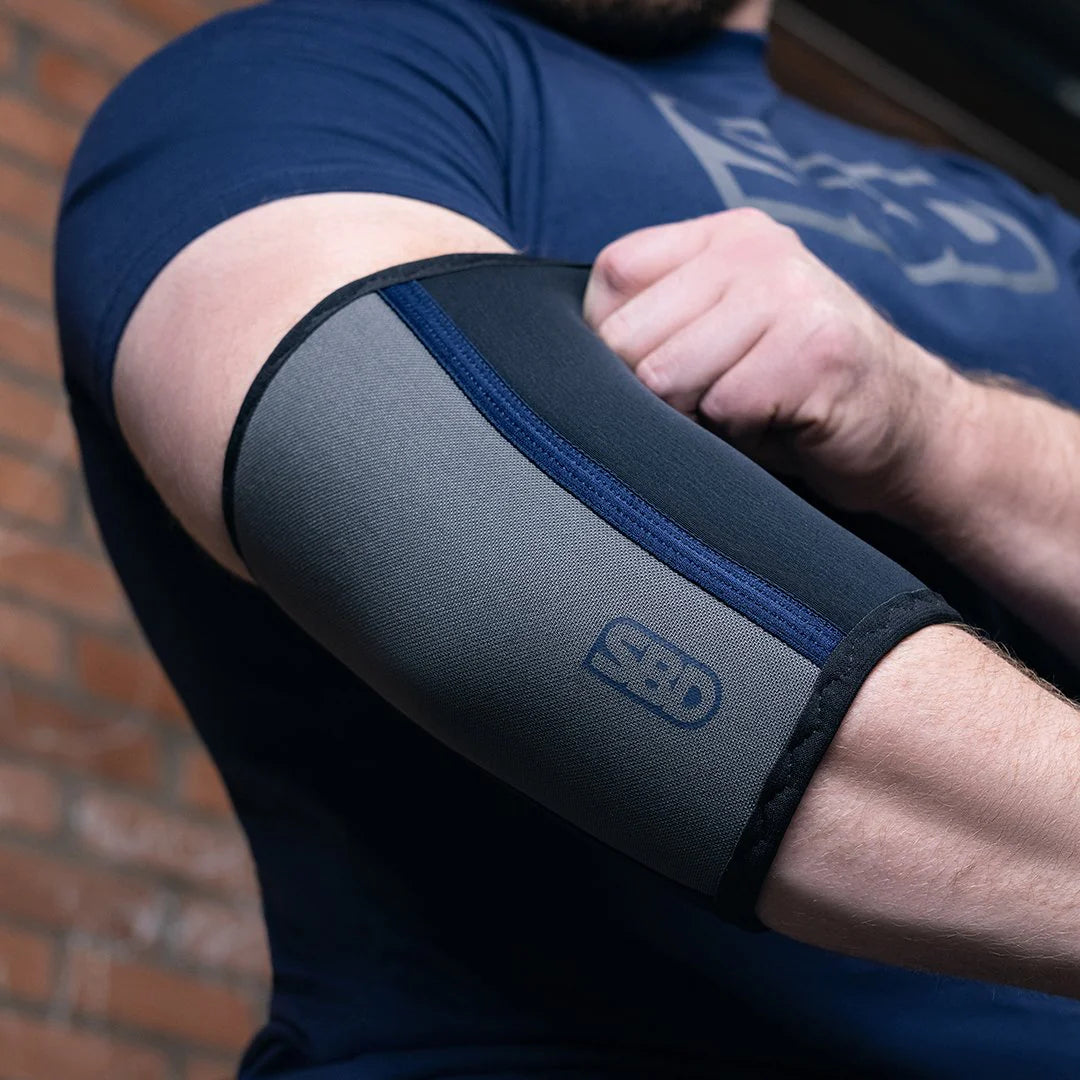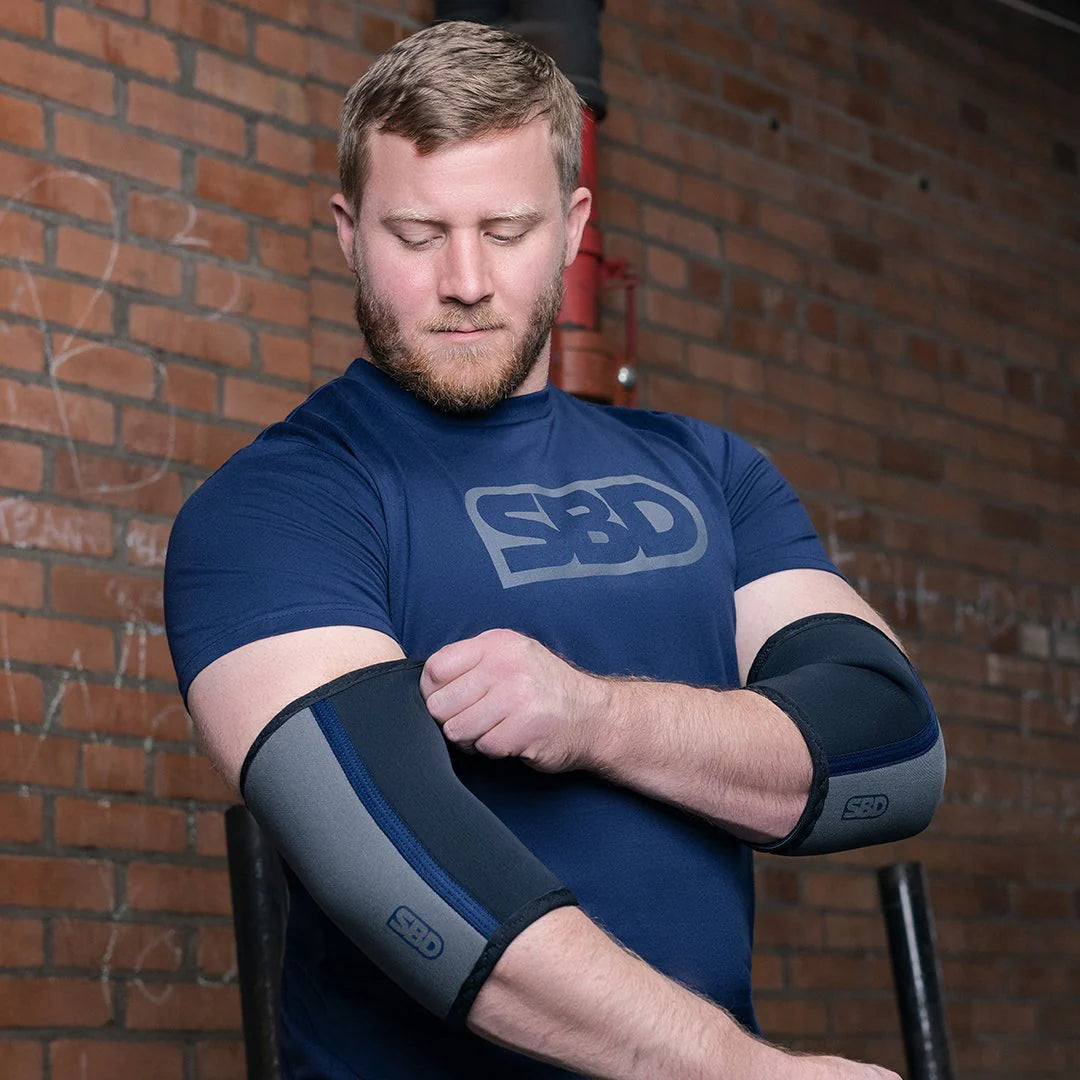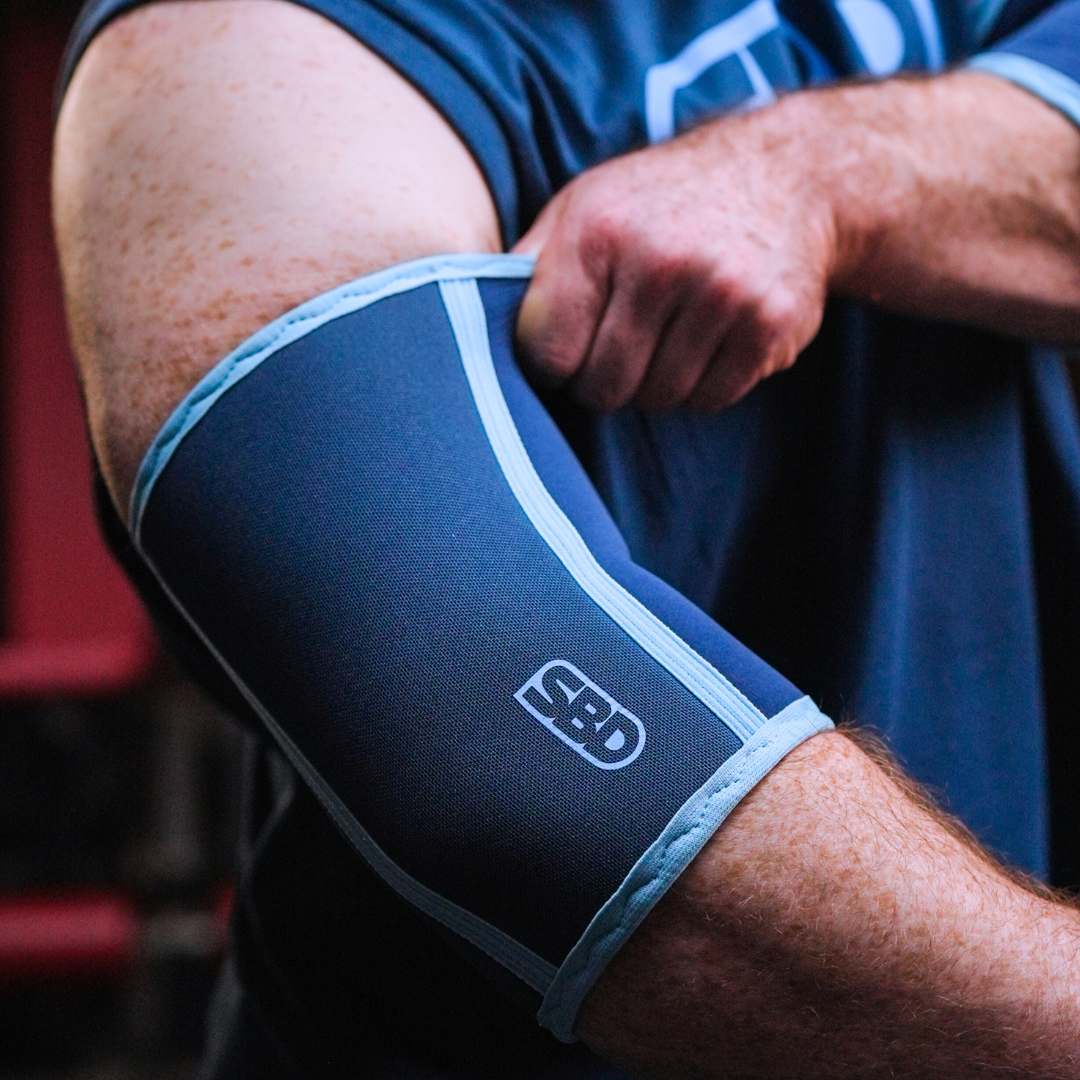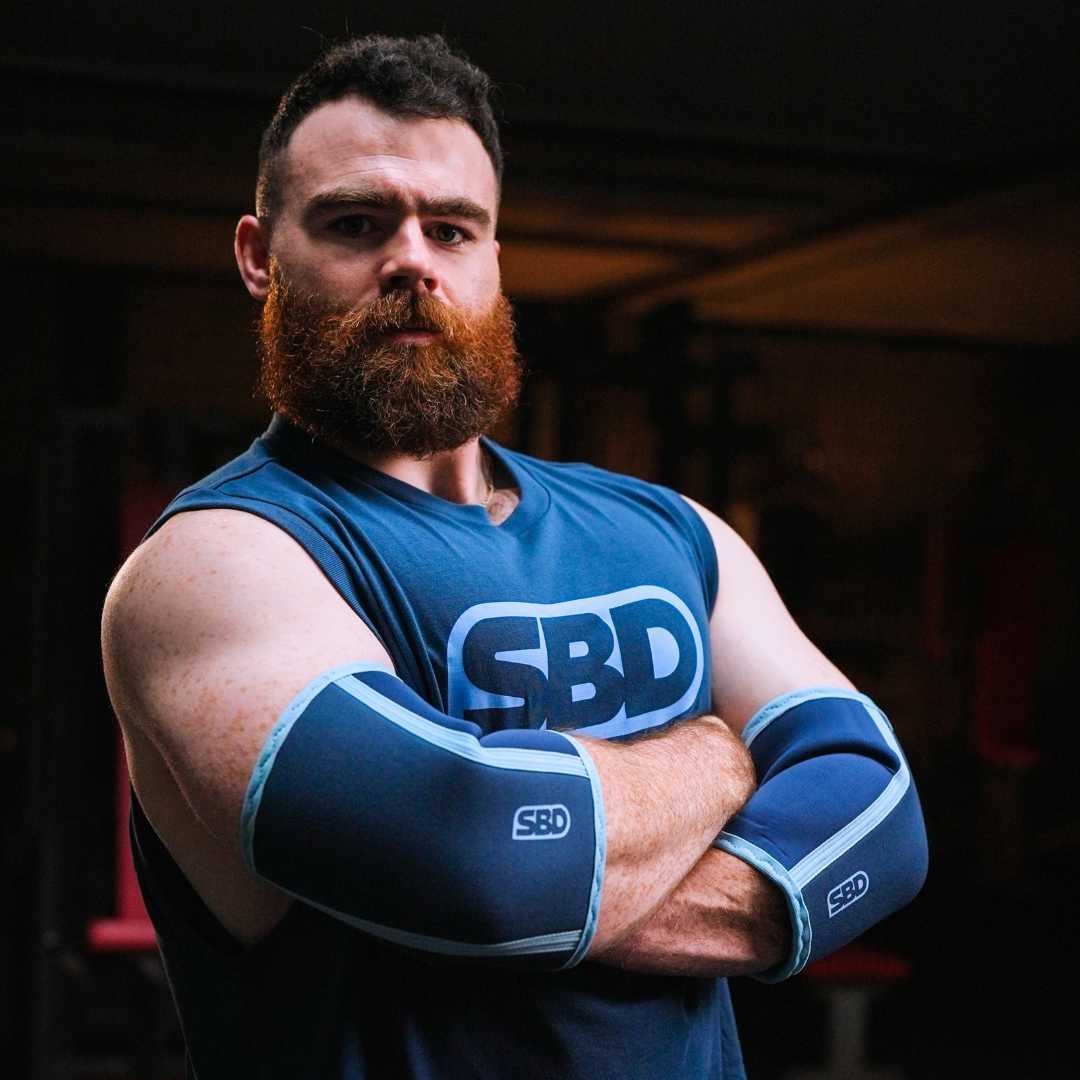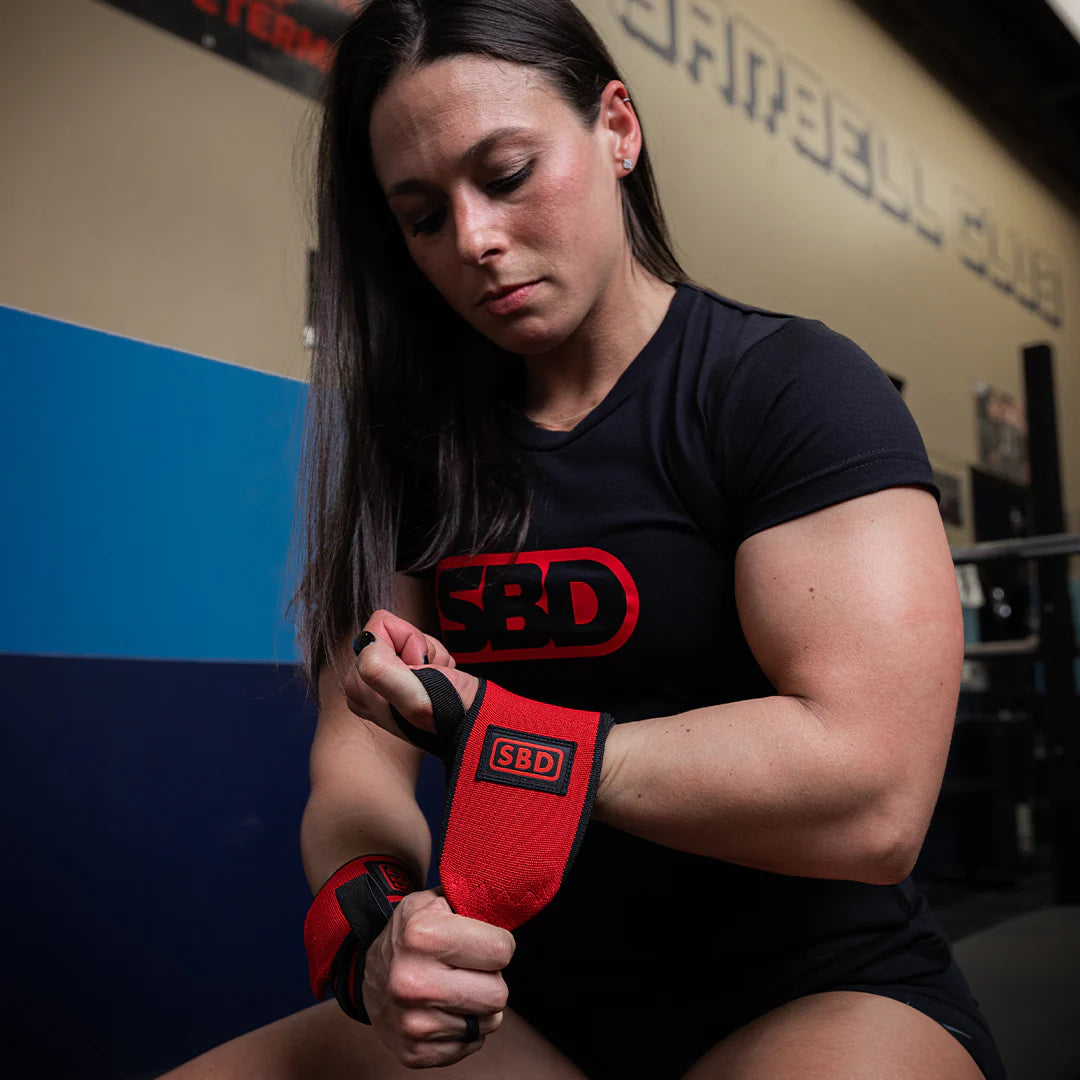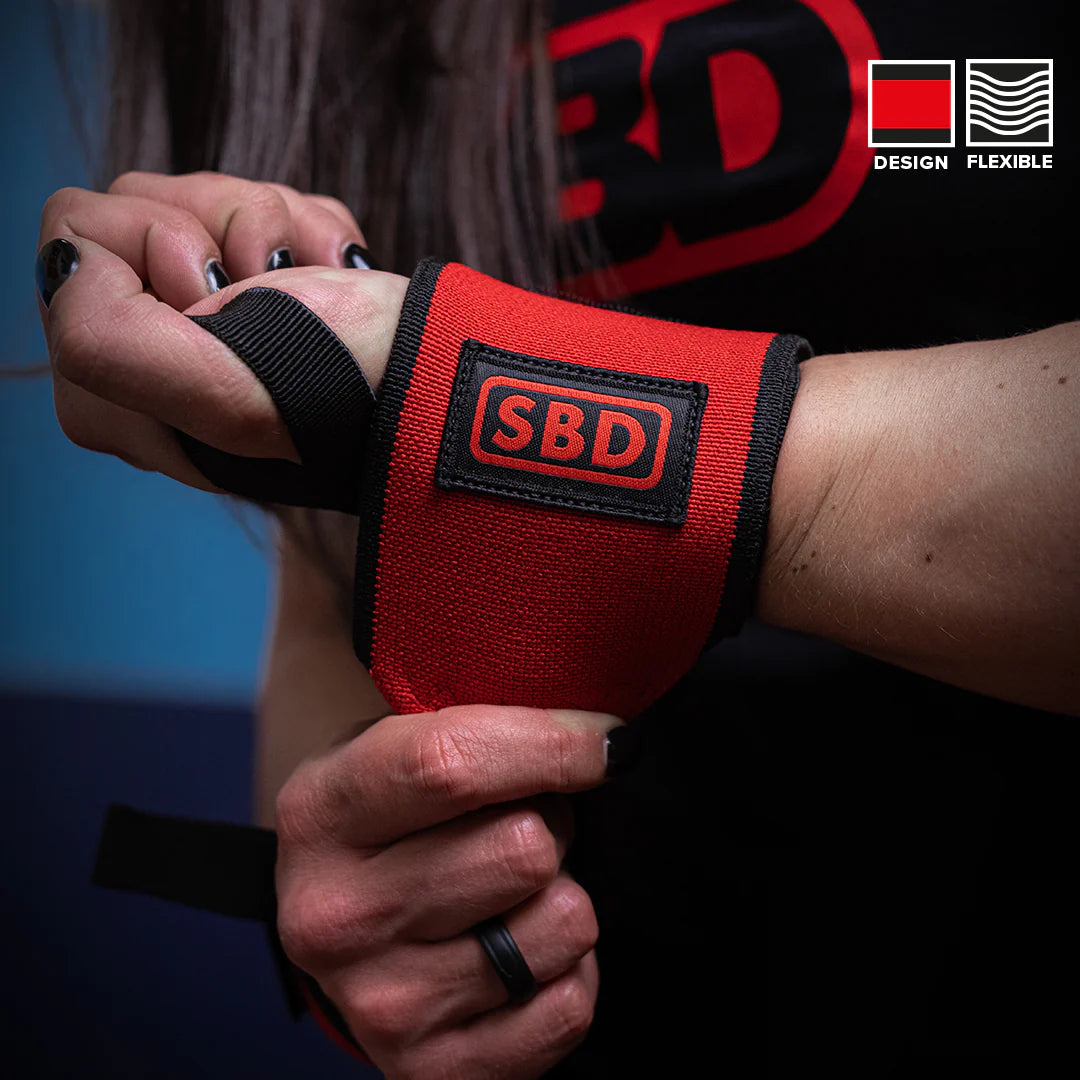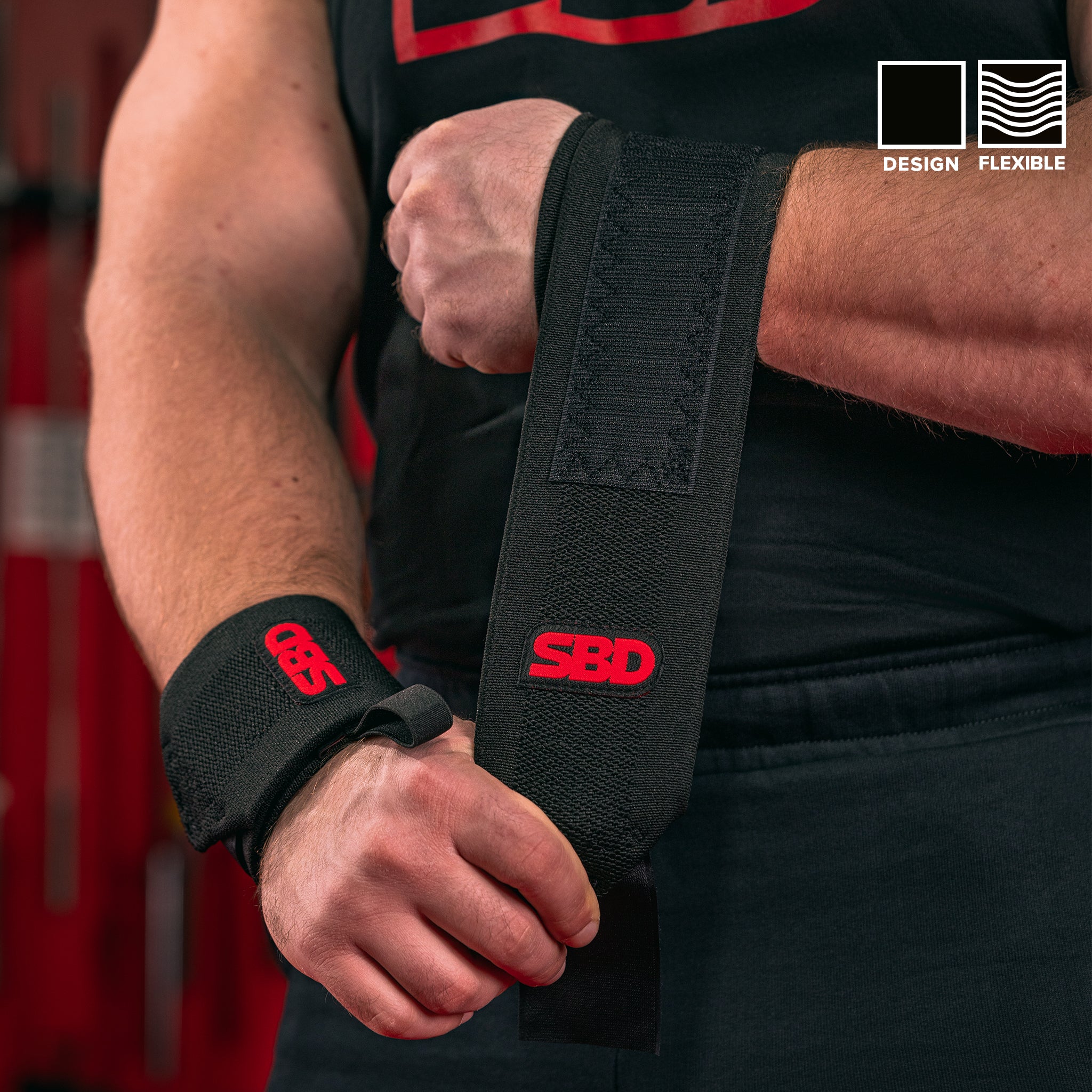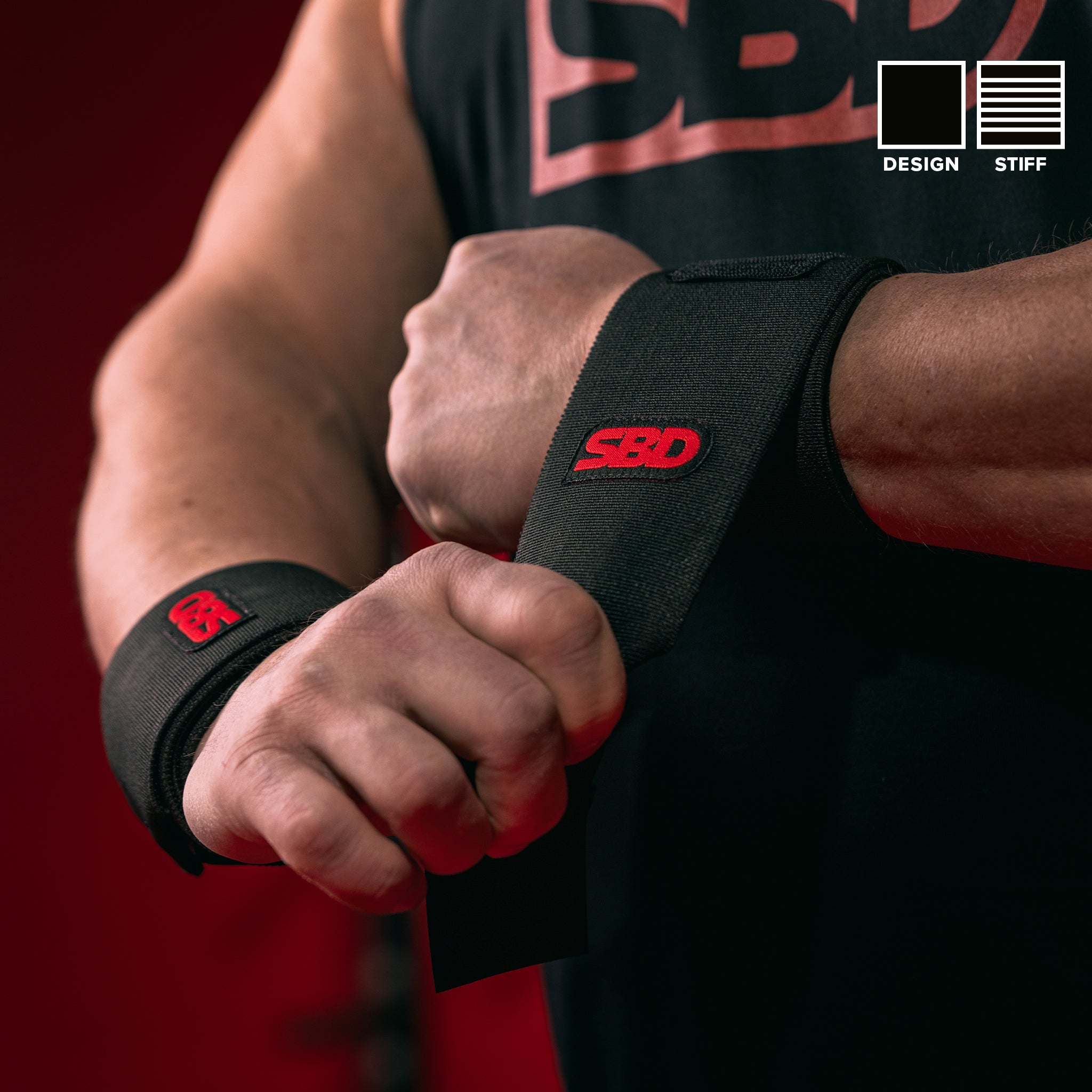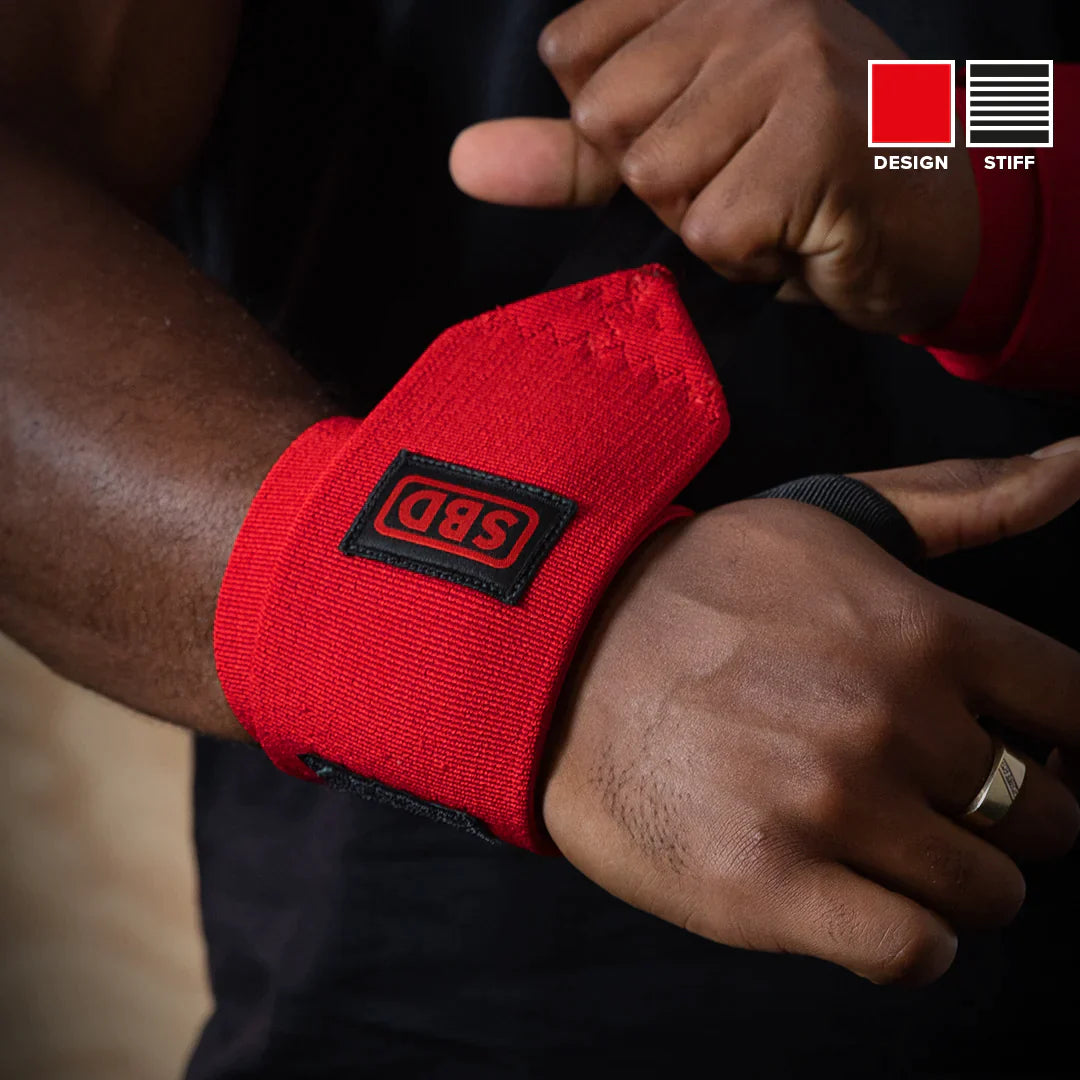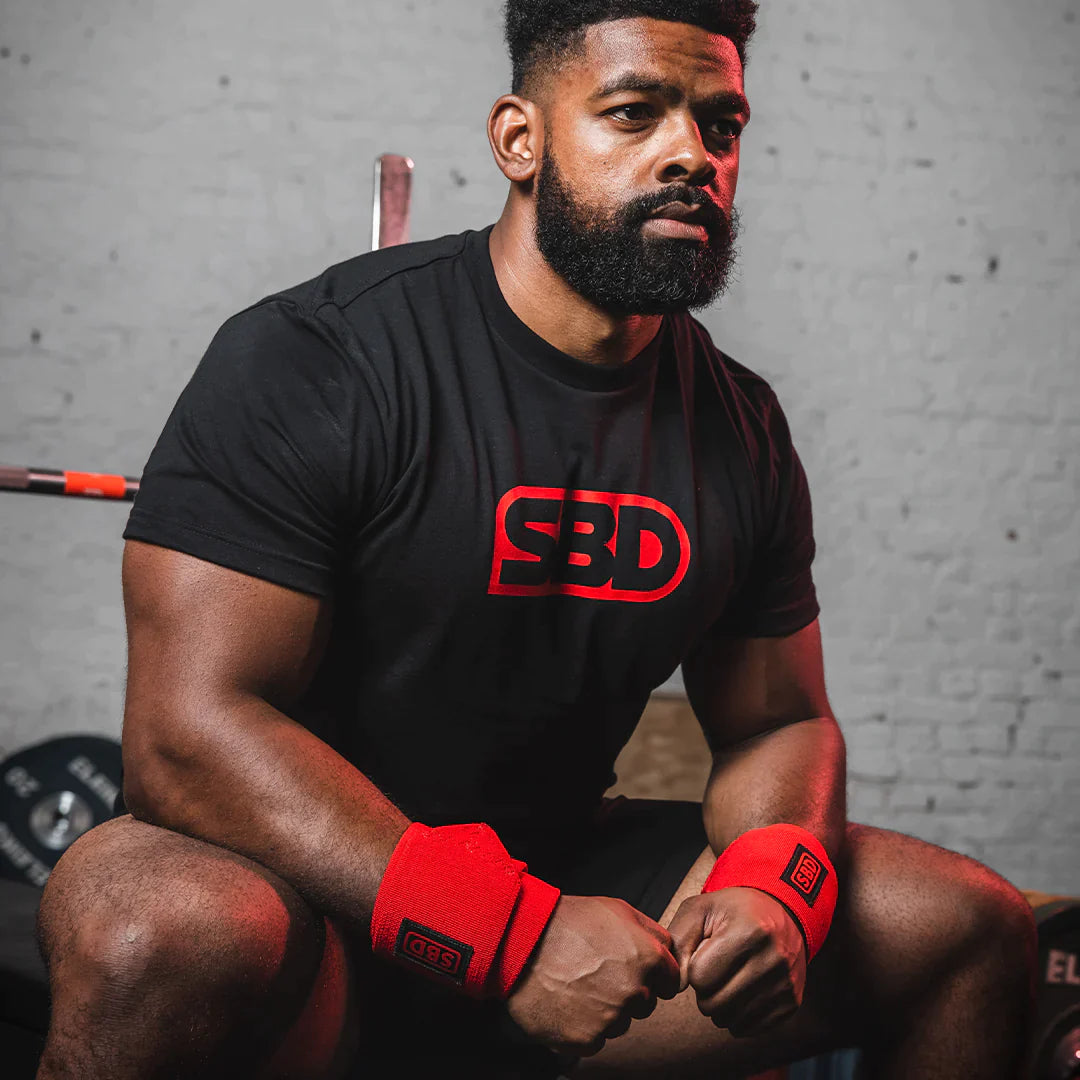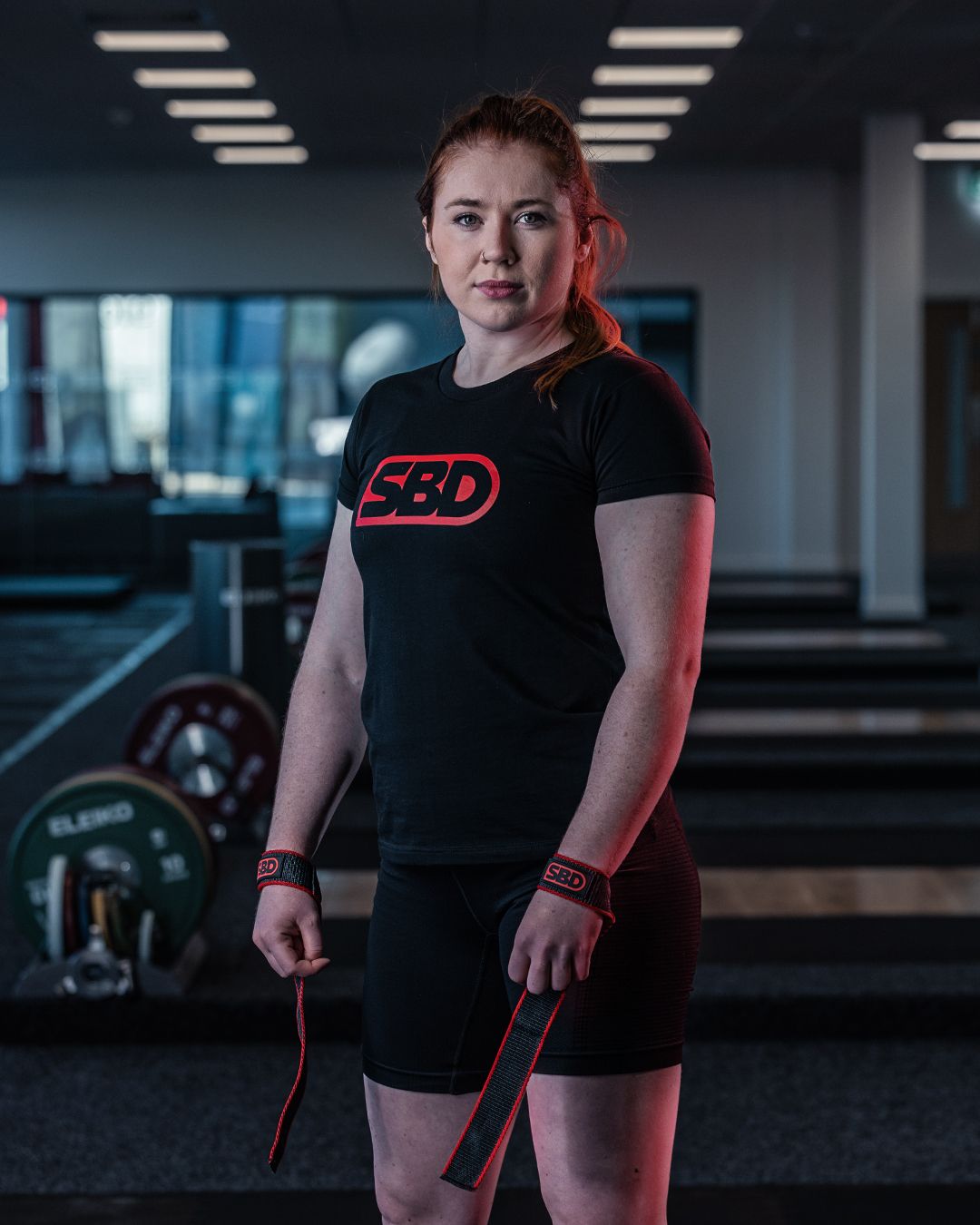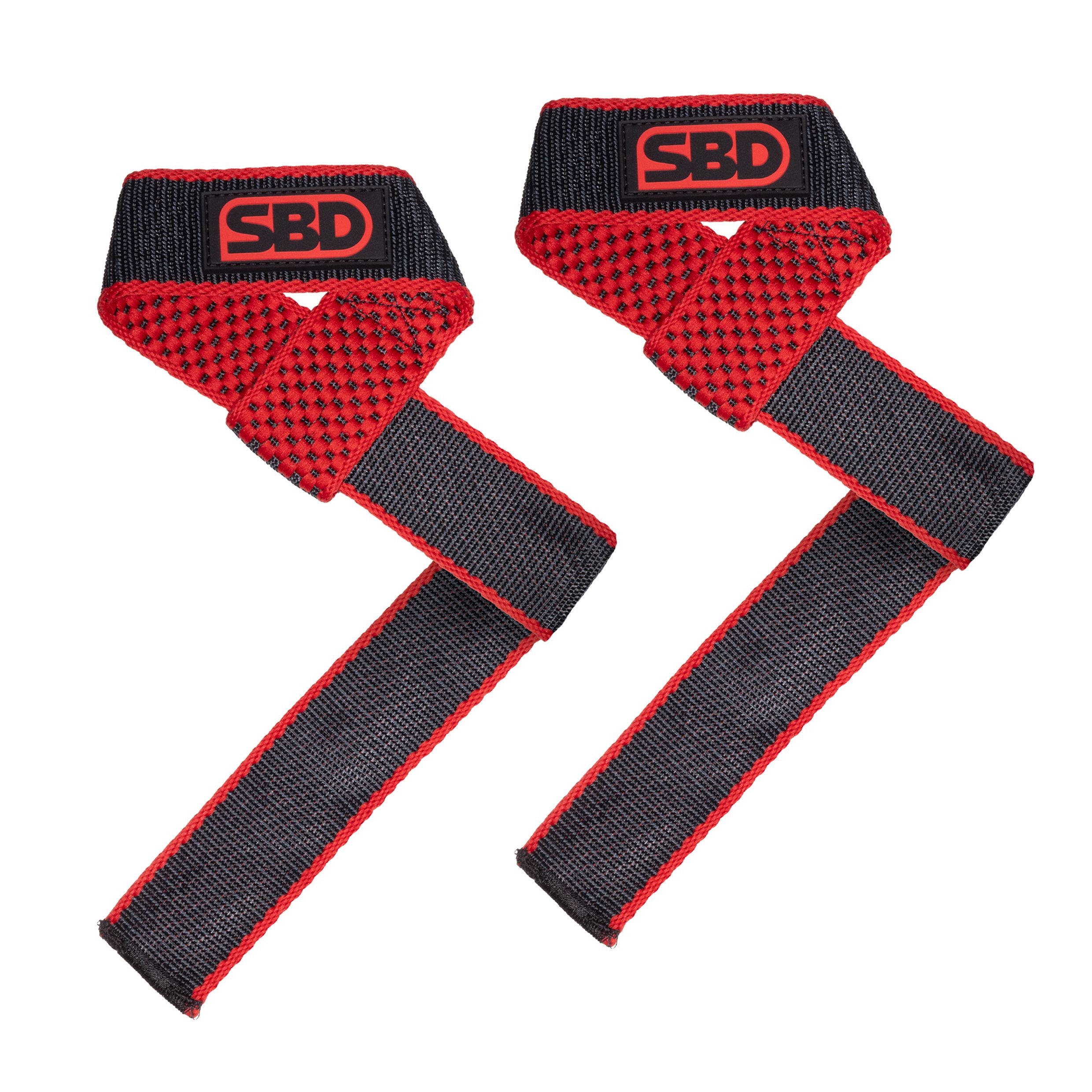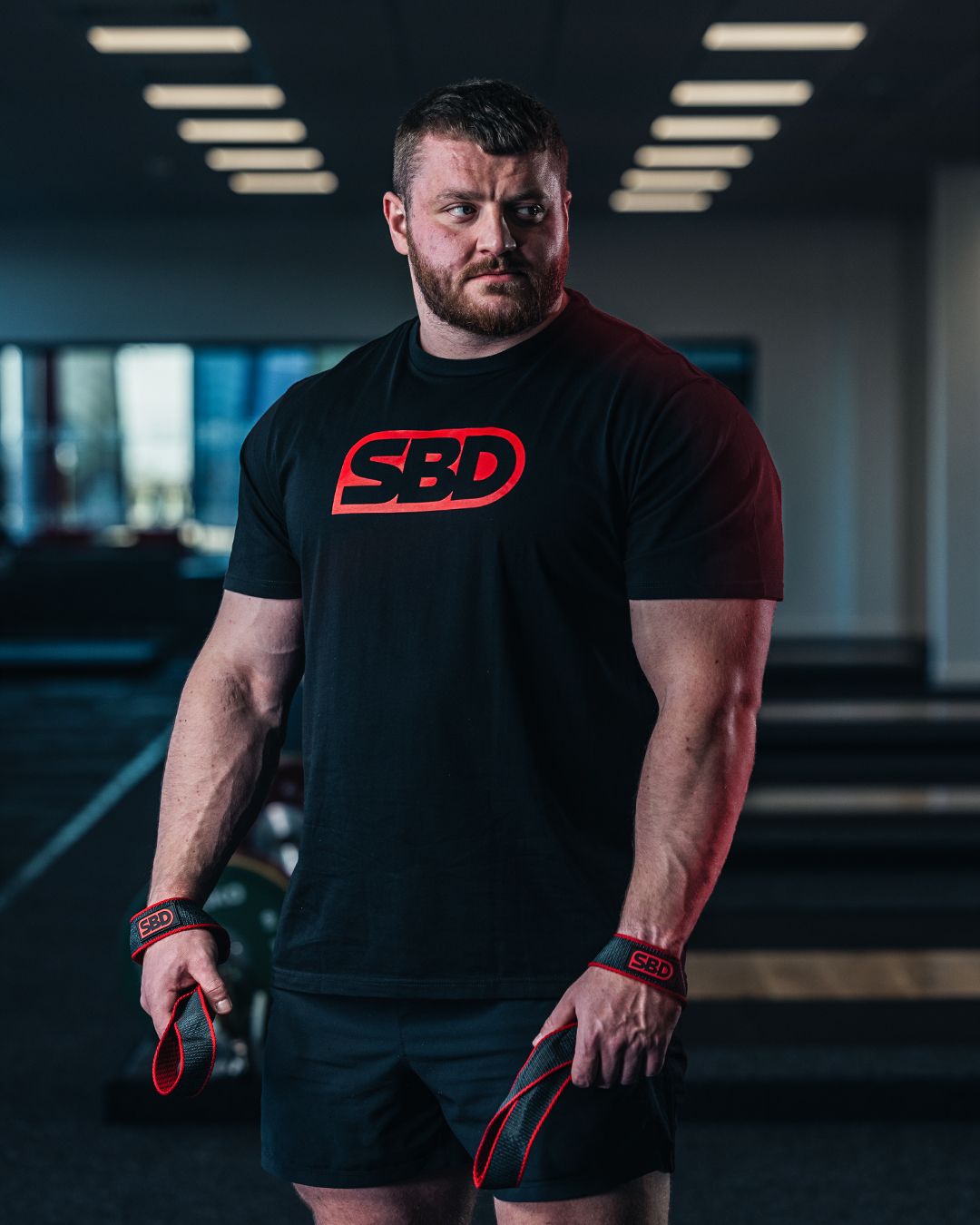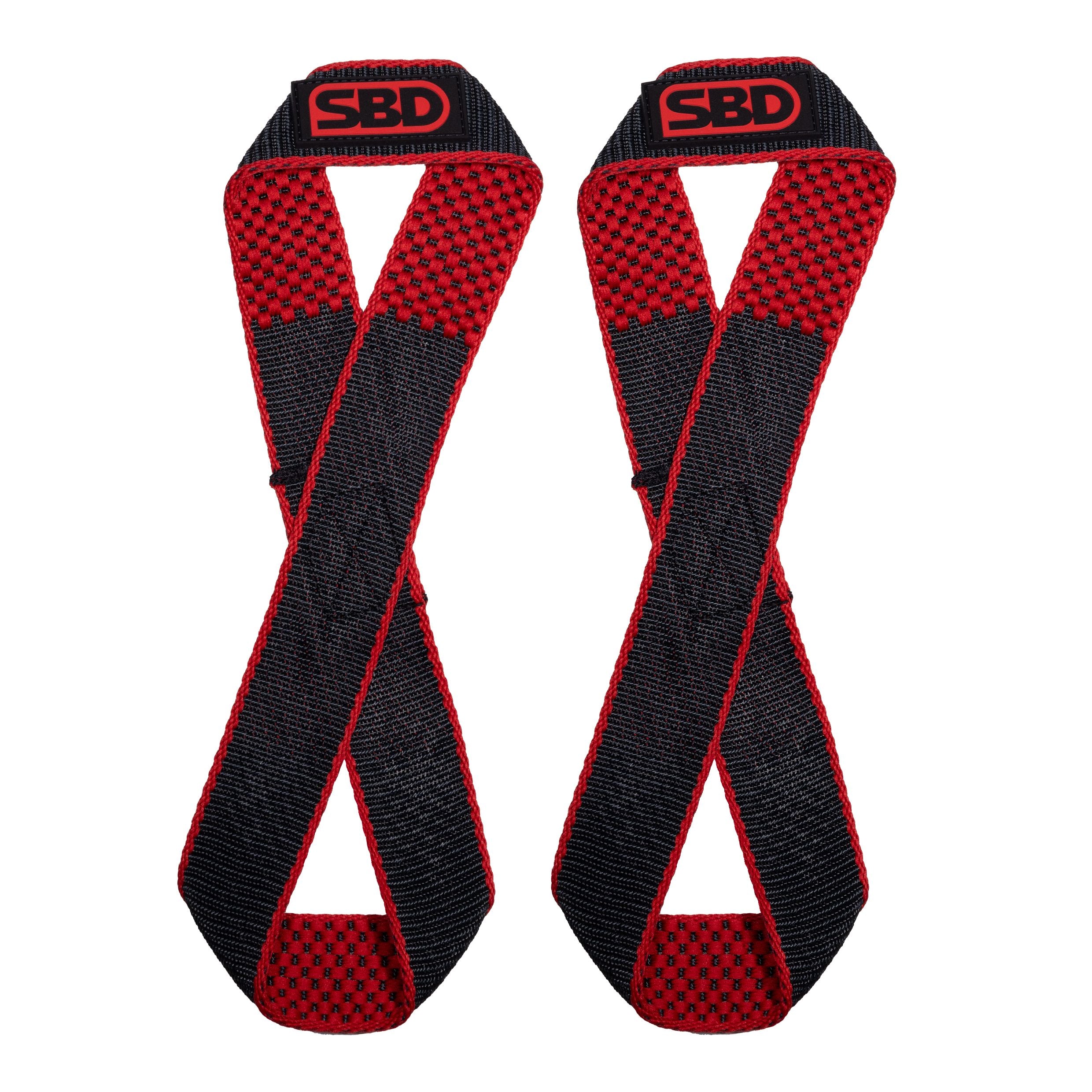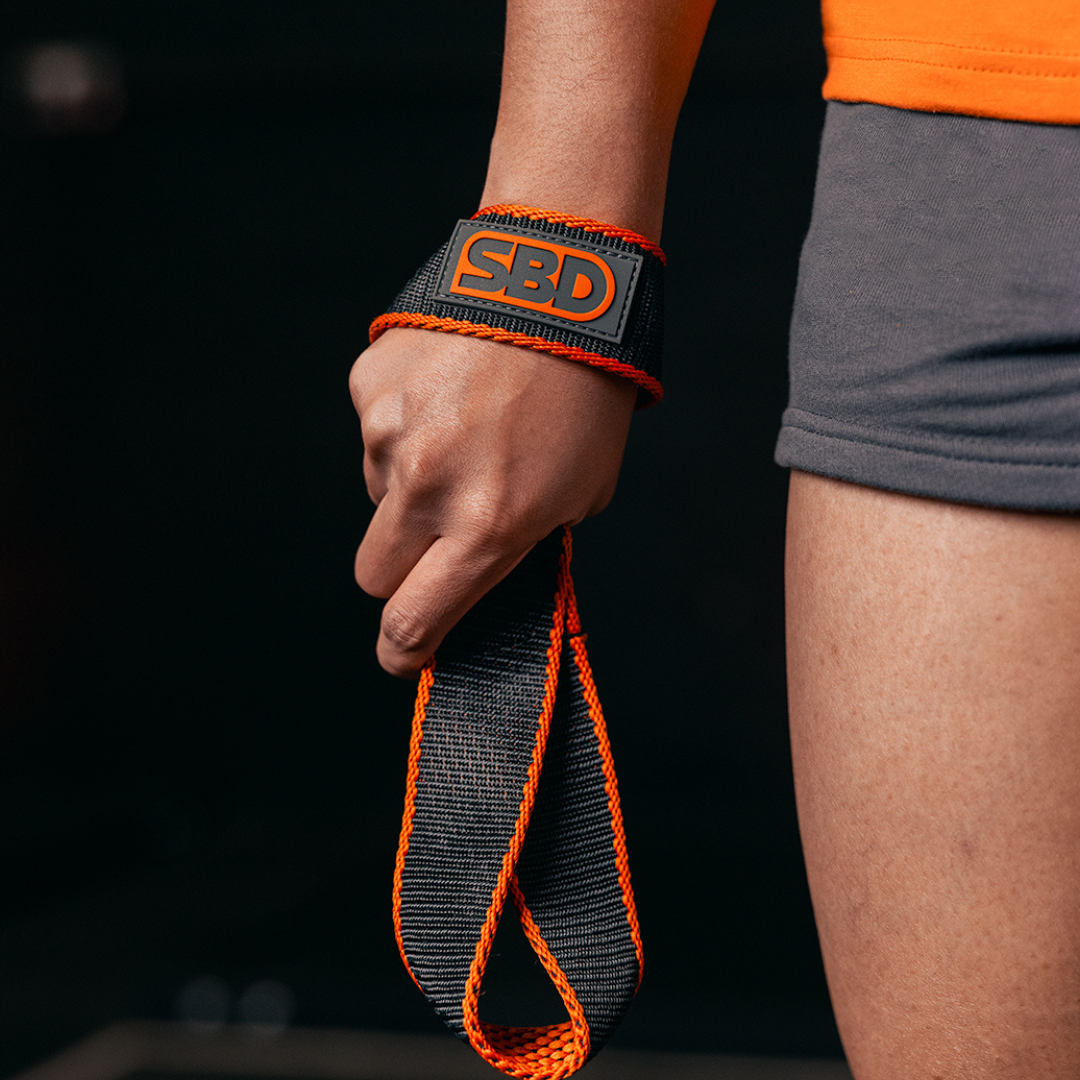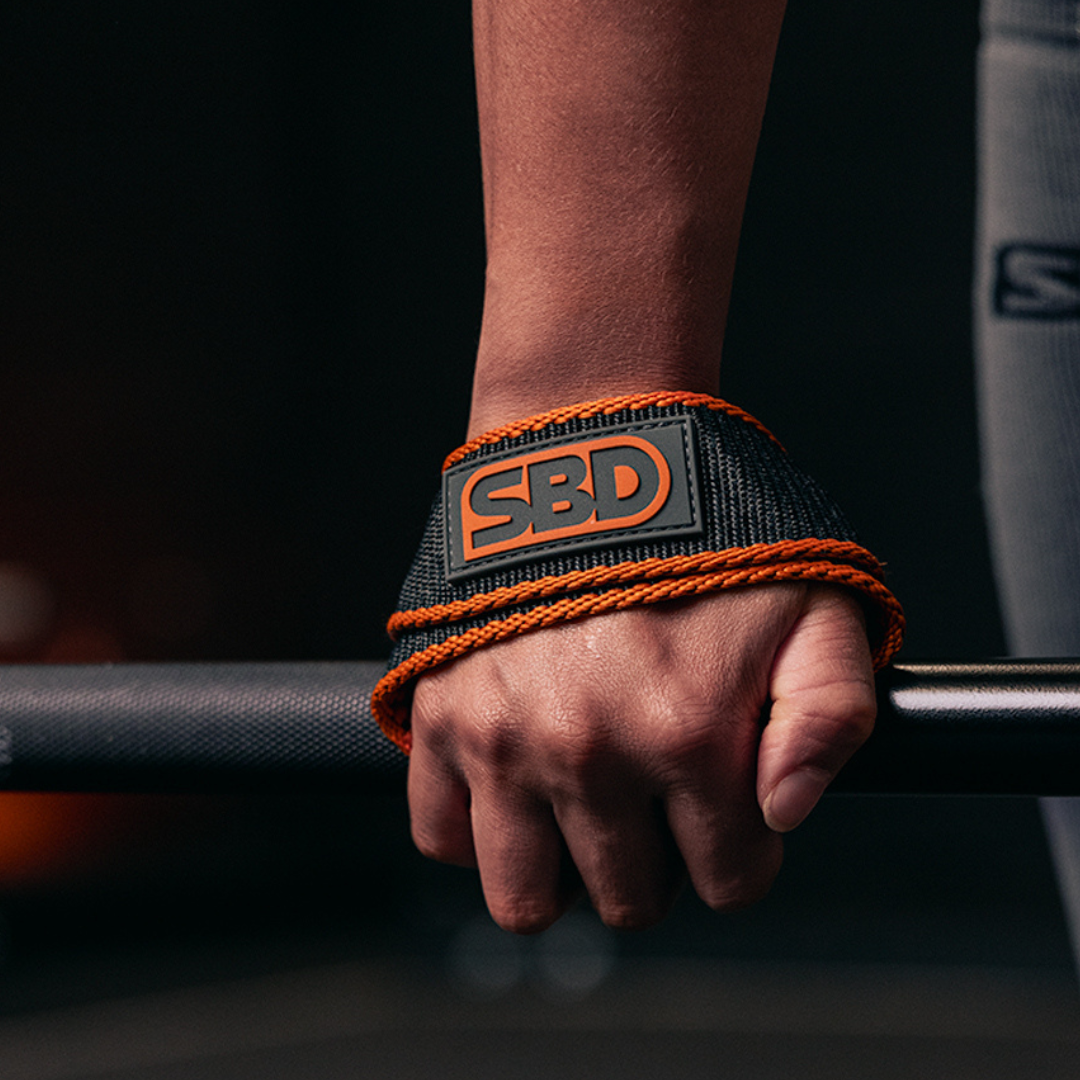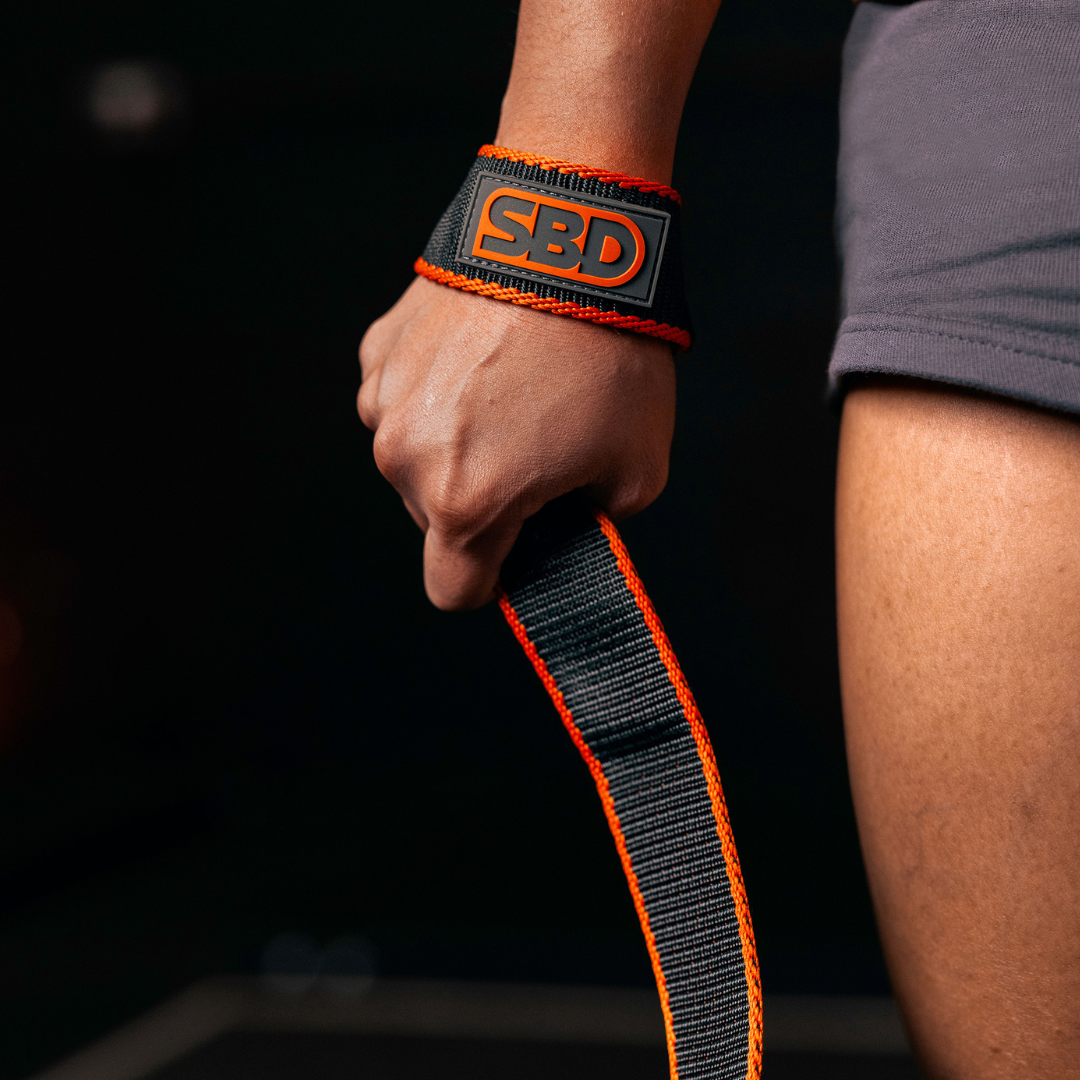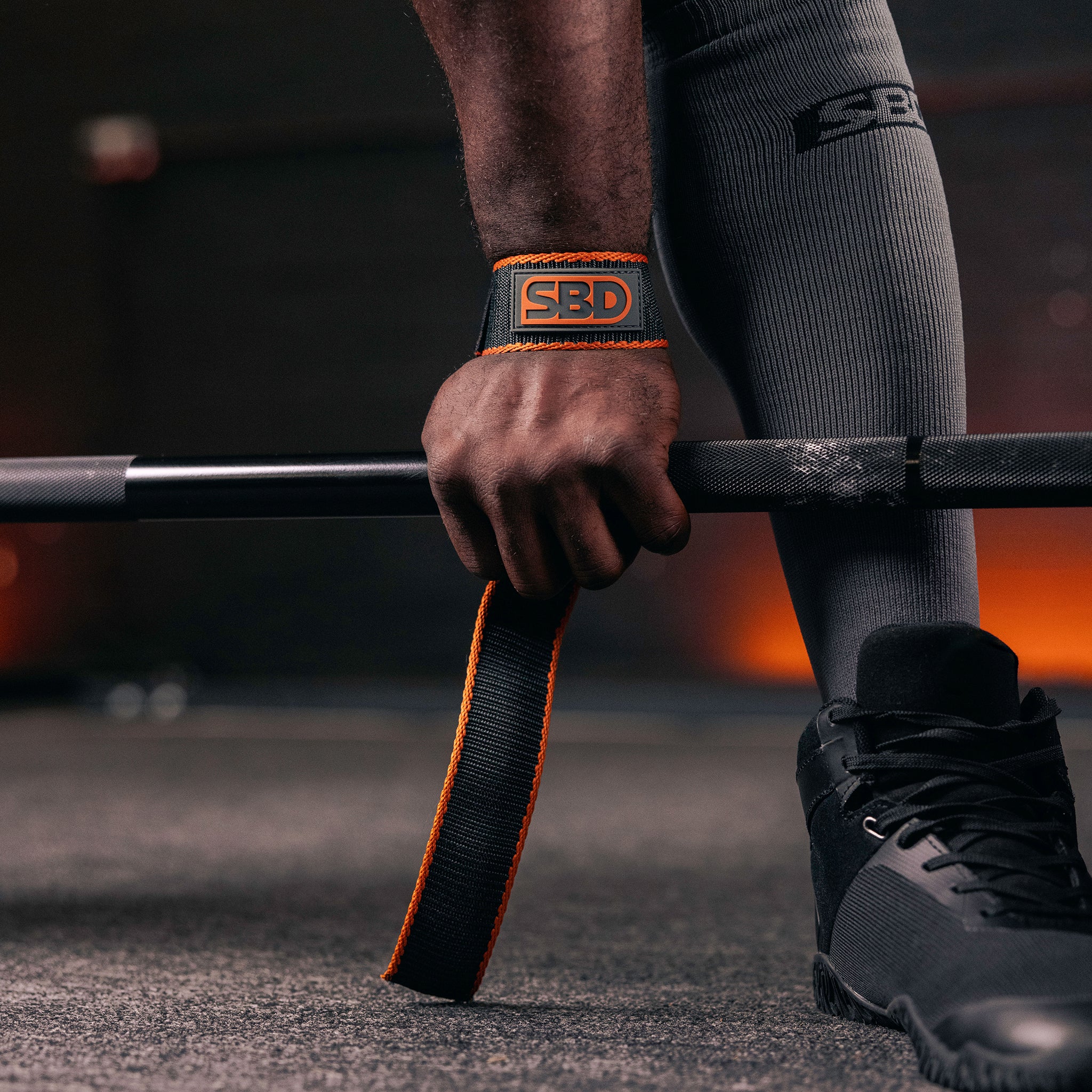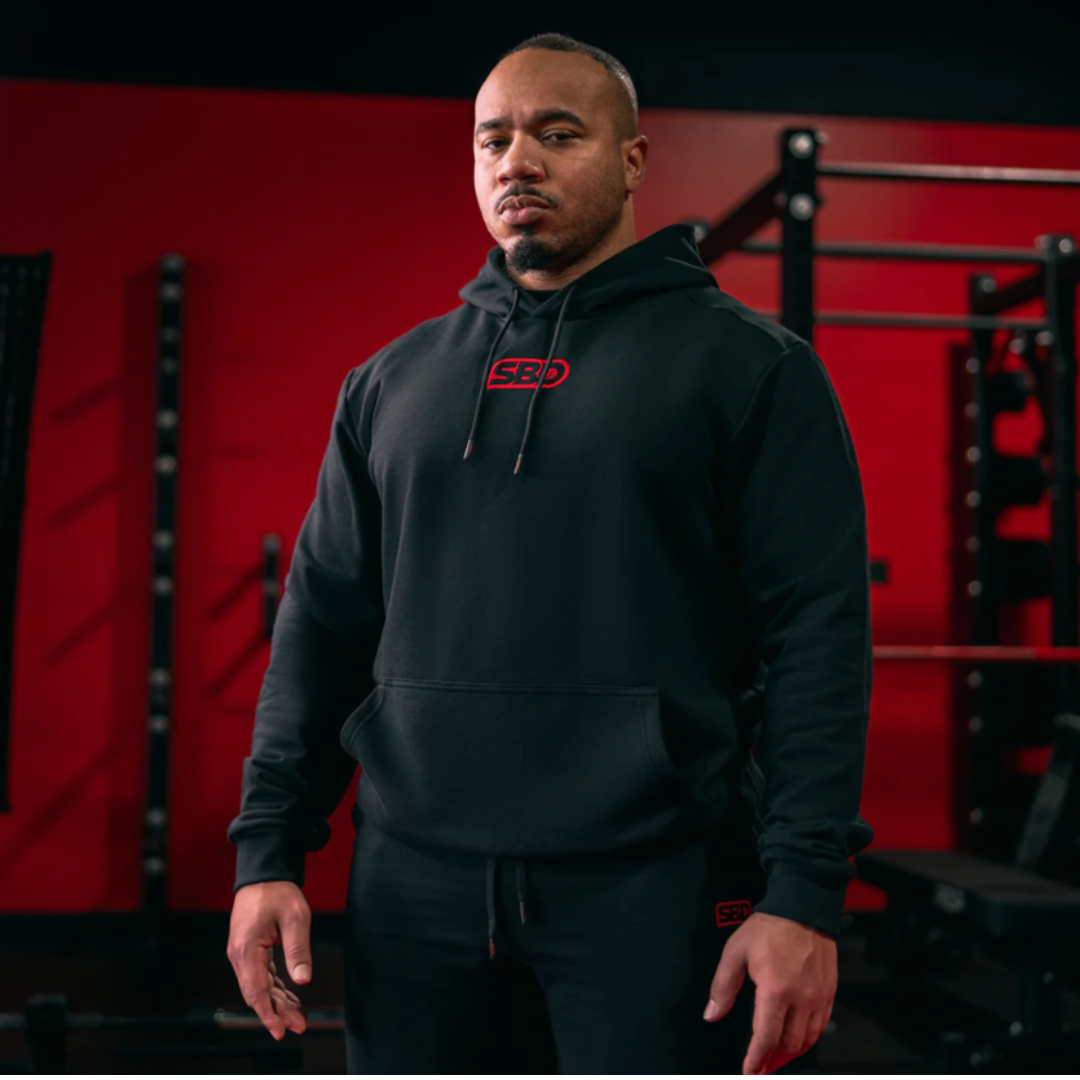Squats are often hailed as the king of all exercises—and for good reason. Whether you’re a seasoned weightlifter, a recreational gym-goer, or someone simply trying to stay active, mastering squat depth can unlock tremendous benefits. However, chasing depth at the expense of proper form or safety can lead to setbacks, injuries, and frustration. So, how can you achieve optimal squat depth without risking injury? This article dives into evidence-based tips, drills, and techniques to help you squat deeper while staying pain-free.
Understanding Squat Depth
Benefits of Proper Squat Depth
Achieving the right squat depth activates more muscle fibres, particularly in your glutes, hamstrings, and quadriceps. This translates to better functional strength, improved athletic performance, and enhanced overall mobility. Deep squats also stimulate greater hormonal responses, which can accelerate muscle growth and fat loss.
Risks of Poor Squat Depth
Squatting shallow, especially under heavy loads, shifts unnecessary stress onto your knees and lower back. This can lead to overuse injuries, muscular imbalances, and stalled progress in your lifts. To reap the full rewards of squats, depth matters—but only when executed safely.
Factors That Affect Squat Depth
Anatomical Limitations
Everyone’s anatomy is different, which can influence their natural range of motion. For instance, hip socket depth and femur length can dictate how low you can comfortably squat. While you can’t change your anatomy, understanding it can help you adjust your stance and technique to suit your body.
Mobility and Flexibility
Tight hips, hamstrings, or ankles can severely restrict your squat depth. Addressing these limitations with targeted mobility drills is often the key to unlocking deeper squats.
Strength Imbalances
Weak stabiliser muscles, such as the core or hip abductors, can make it challenging to maintain balance and control during deep squats. Strengthening these areas is crucial for safe and effective depth progression.
How to Improve Squat Depth Safely
Mobility Drills for Hips and Ankles
Incorporate these mobility exercises into your routine:
-
Hip Flexor Stretch: Hold a lunge position with your rear knee on the ground. Push your hips forward and hold for 30 seconds on each side.
-
Ankle Dorsiflexion Drill: Use a resistance band around your ankle while gently driving your knee forward over your toes.
-
Deep Squat Hold: Sit into the bottom of a squat and hold the position for 20-30 seconds to improve joint comfort.
Strengthening Key Muscle Groups
Focus on building strength in your:
-
Glutes: Use exercises like hip thrusts and Bulgarian split squats.
-
Hamstrings: Incorporate Romanian deadlifts and glute-ham raises.
-
Core: Try planks, dead bugs, and anti-rotation exercises.
Perfecting Squat Form
Ensure you’re squatting with proper mechanics:
-
Set-Up: Stand with your feet shoulder-width apart and toes slightly turned out.
-
Engage Your Core: Brace your midsection as if preparing for a punch.
-
Lower Controlled: Sit back and down, keeping your chest upright and knees tracking over toes.
-
Drive Up: Push through your heels and return to standing.
Gradual Progression Techniques
Progress safely by:
-
Tempo Work: Slow down the lowering phase to build control.
-
Pause Squats: Hold briefly at the bottom to build strength in the deepest range of motion.
-
Incremental Loading: Increase weights gradually to avoid overwhelming your body.
Using Equipment Safely
Leverage tools to enhance your squat mechanics:
-
Lifting Shoes: Elevate your heels to improve ankle mobility.
-
Resistance Bands: Use around your knees to train proper alignment.
-
Weight Belts: Provide extra core support for heavy lifts.
FAQs
1. How deep should I squat?
Aim to squat until your thighs are parallel to the ground or slightly below, depending on your mobility and goals.
2. Can squatting too deep cause injury?
Not if you maintain proper form and avoid overloading the bar. Depth should be progressive and matched to your abilities.
3. What if I can’t squat below parallel?
Focus on mobility exercises and gradually increase your range of motion. Start with box squats to build confidence.
4. Are deep squats bad for your knees?
No, deep squats, when done with proper form, are actually beneficial for knee joint health and strength.
5. Should I stretch before squatting?
Perform dynamic stretches and mobility drills before squatting to prepare your joints and muscles.
6. How often should I squat?
This depends on your goals and training plan, but 2-3 times per week is common for most lifters.
Conclusion
Maximising squat depth is a gradual process that requires patience, proper technique, and consistent effort. By focusing on mobility, strength, and progressive training, you can safely achieve deeper squats that unlock better performance and long-term health. Remember, depth is important, but safety always comes first.




